Sometimes pictures don’t fully communicate the enormity of a landscape… a barren desert, an isolated island in open ocean, jagged mountaintops in a cascade to the horizon. The Mongolian steppe is another such place. The simplicity of grasslands, smooth and undulating like gentle waves into the distance, is an odd landscape to take in. The uninterrupted space is completely at odds with the environment we experience almost anywhere else. You get lost staring into it.
If you’ve followed this blog over the years and taken in some of the thousands of pictures, I’ll let you in on something: photographers, myself included, are oftentimes total liars. Ok, maybe truth stretchers. Honest politicians, if you will. Good pictures can sanitize a place. They can scrub away the crowds and the noise and the smells and the chaos. Creative composition and patient timing can tell a beautiful story that conflicts a bit with some of the actual reality. I know the full stories, and sometimes I choose to only tell part of it with pictures. I snuck through a locked gate and stood in a pile of garbage and diapers in Beijing to get a symmetrical shot of the moat around the forbidden city. You couldn’t tell from the photo. You won’t see many western tourists in any of my pictures. I promise you, they’re there. I take a lot of time and care to tell the story that I want to with pictures. The thing with Mongolia is that the pictures here don’t need to stretch the truth nearly as far. And how can they? The spaces are enormous. It’s one of the most rugged and beautiful places we’ve travelled.

We spent a week and a half touring Ulaanbataar, Karakorum, Hustai National Park, and Gun-Galuut Nature Reserve. This was another trip where our 6-year-old niece Emma accompanied us. July is peak tourist season in Mongolia, and we travelled during the peak of that to visit during the annual Nadaam festival. We did this as a private tour, which is generally preferable to us anyhow but was especially helpful with a young child in tow. Mongolia is a bit “rough” in comparison to many more heavily touristed locations, but Emma really had a great time and got to see and do a lot of things very out of her element. She easily matched us in tolerance of deprivation of creature comforts and unusual menu items. That being said, while we loved Mongolia, it might not be at the top of the list for typical “family” trips per se.
Nadaam is a national tournament with competitions that are culturally significant in Mongolia and have a long history. There are archery and wrestling competitions, horse racing, and also a traditional game called “Knuckle Bone”. On our second full day in Ulaanbataar, we went to the opening ceremonies for Nadaam. The opening ceremonies at the national stadium included parades showcasing Mongolian cultural heritage as well as current industrial and national progress. Paired with some mass gymnastics, the content and tone of the events reminded me a bit of the “Mass Games” that happen annually in DPRK. Mongolia has been a Democracy since 1989, but spent most of the 20th century under Communism. It’s possible that some of the culture from the earlier era has been maintained, manifesting now as more traditional nationalism. In any case, Mongolia clearly has a rich and distinct cultural heritage for which they are very proud of. We’ve visited countries in the past that seemed lacking in a shared national identity. Mongolia definitely does not suffer from that sort of identity crisis. As a visitor, it makes it more interesting to experience aspects that are completely unique. If you conflate Mongolian identity with mainland China, you will certainly be in for a surprise when you visit here. They are worlds apart.

We brought our small Mavic drone with us, under the assumption we’d be flying it out in some of the remote locales. However, while at the packed national stadium with the Mongolian president in attendance, we noticed a number of drones being flown by credentialed media. The UAV pilots were in the performance area and all the drones had unique markings. Using the “better to ask forgiveness than permission” approach, I went out to a small field behind some food stalls to launch my drone above the stadium (a serious federal offense in USA). I made sure to wait until several police officers were in view of me and gave them a nod, making sure they saw what I was doing. They didn’t blink and I proceeded to fly right over the packed stadium, including bringing the drone right above the presidential and VIP section, which had the best view. Beautiful and completely uneventful, which was a preview of multiple drone flights all over the country as well as in the capital city.

After the stadium events, our next full day started the tour outside of Ulaanbataar. We had to leave very early to get to a final Nadaam event: horse racing. Traffic was heavy for hours through remote countryside to finally get to Khui Doloo Hudag field, where the national championship distance horse races take place. We arrived for the 5-year-old races. Now, when we heard that, we both assumed that meant 5-year-old horses, but nope, it was the riders. 5-year-old riders, going extremely fast, bareback, over huge distances. Another great location to fly the drone, and really the only way to convey how massive of a gathering this was. It was an absolute spectacle.

Karakorum has a number of sites related to ancient history in Mongolia. This started multiple days of staying single nights at camps in traditional “Ger” houses as we moved through visiting different locations. Museums, temples, ruins, and monuments make up some of the typical tourist route that we followed. Lots of long bumpy car rides and fairly rough accommodations. It’s not for everyone, but we had a good time. It definitely felt like a vacation in the traditional sense of kind of “checking out” and getting away from everything. No internet for days at a time. Our stay outside Hustai National Park centered around looking for wild and endangered “Taki” (Przewalski) Horses. We bribed a guide to go with us so we could spot them with a drone. Totally against the rules but we only needed one quick flight for some awesome shots.

Our last stop was a stay for a couple days with a Nomad family near Gun-Galuut. They had a set of four gers and had one set up for us. No electricity or running water. They had a 5-year-old boy with them who ran around with Emma plenty despite the language barrier. We did some horseback riding to herd dairy cows as well as some hiking and driving deeper into the nature preserve to hunt for wild mountain sheep. I completely terrorized a pack of them with the drone.

I think the biggest barrier to having much larger numbers of tourists in Mongolia is the language barrier. Very few Mongolians speak English. Like, any English. If you know Russian, you could get by. Otherwise, you’re probably gonna need a company to organize things for you if you don’t want to spend a ton of extra time. For us right now though, it’s nice to see a place this amazing that isn’t completely overrun with tourists. If you like East Asia, Mongolia is truly a gem and a great experience. I highly recommend a visit.
We have a couple weeks left on this trip, and we’re off to South Korea next.
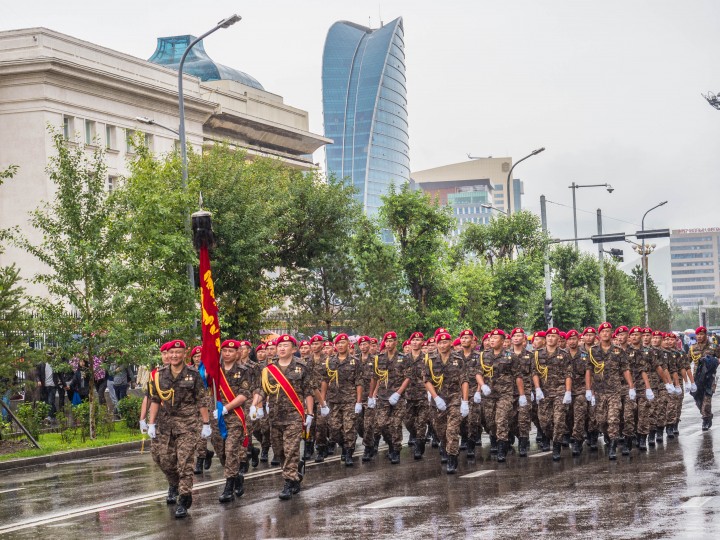
Rainy day and drainage in Ulaanbaatar is quite lacking, making deep rushing water on lots of sidewalks
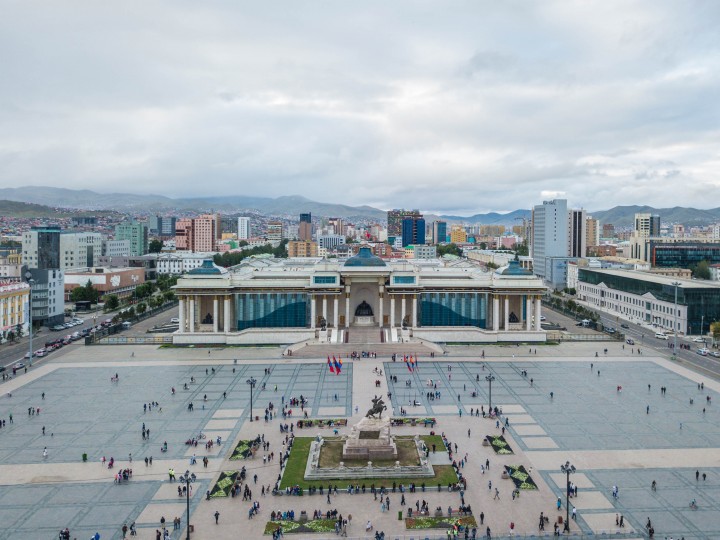
Chinggis Khaan memorial in Sukhbaatar Square, Ulaanbaatar... flew the drone up around lots of cops right in the middle of the city
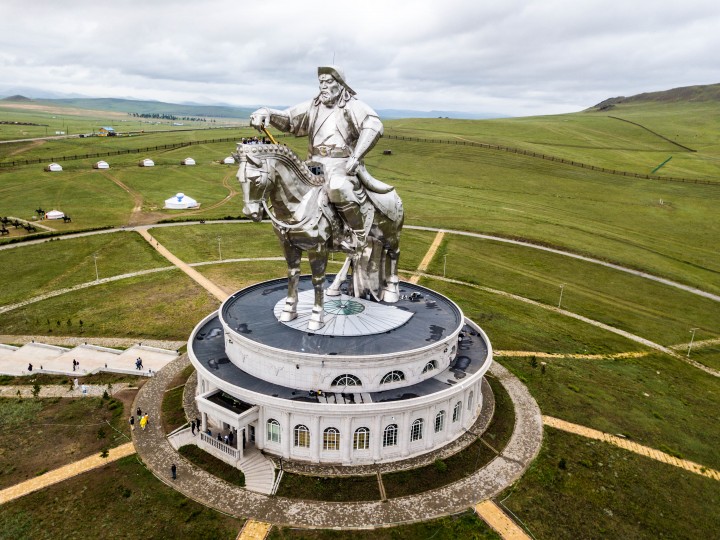
Massive stainless steel Chinggis Khaan statue... "no drones allowed" No problem, just launch from pasture across the street
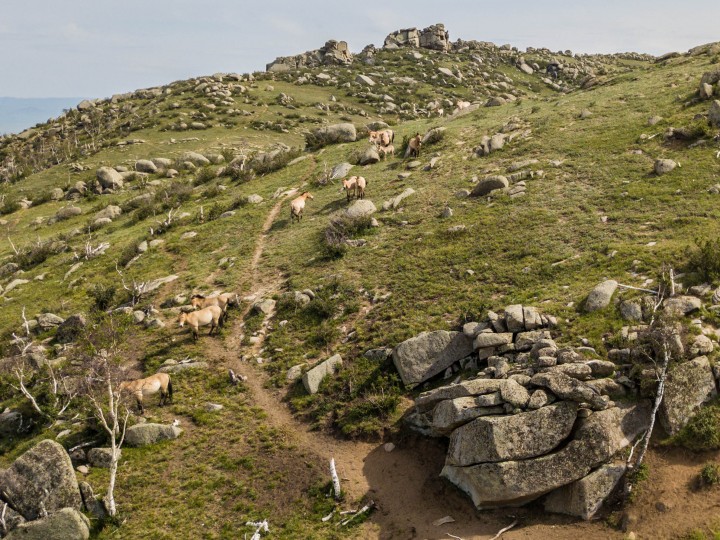
Hustai National Park, endangered Przewalski Horses. This drone shot was from 700 ft gain in altitude and 1.1 miles away from launch.

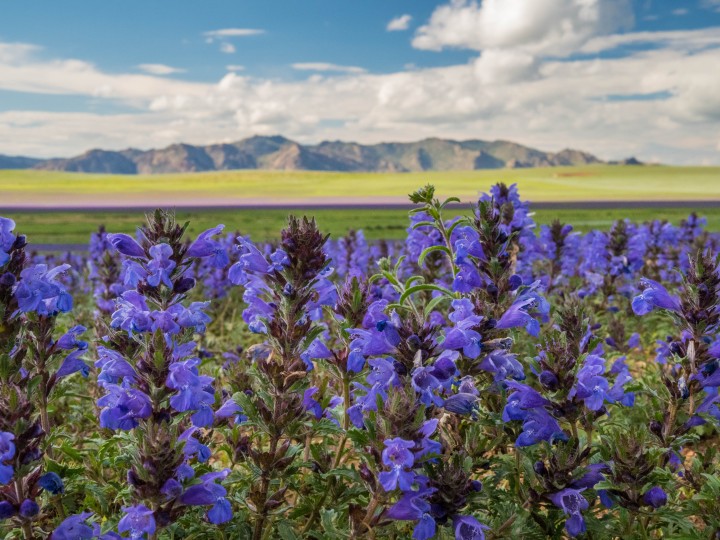
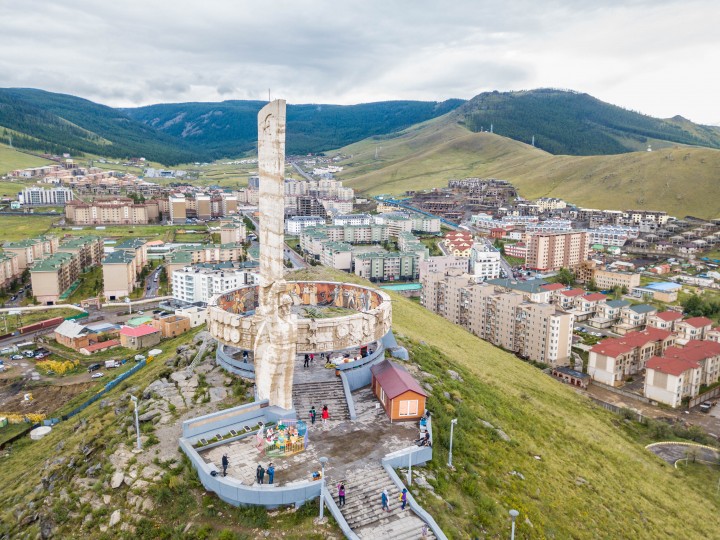
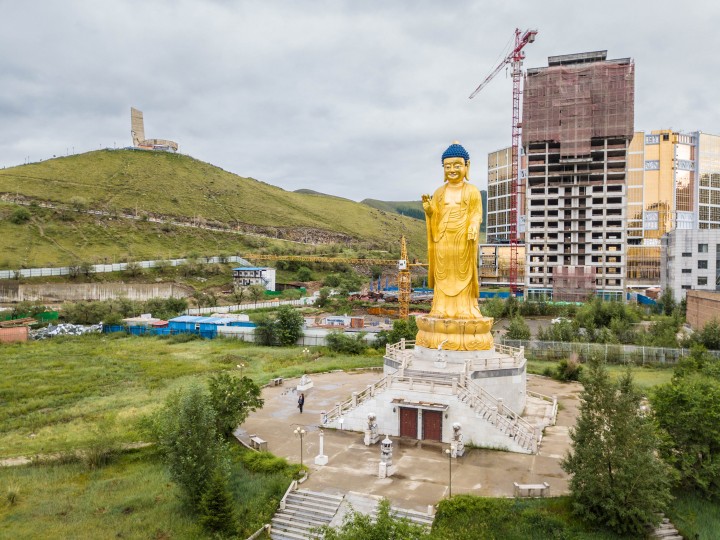
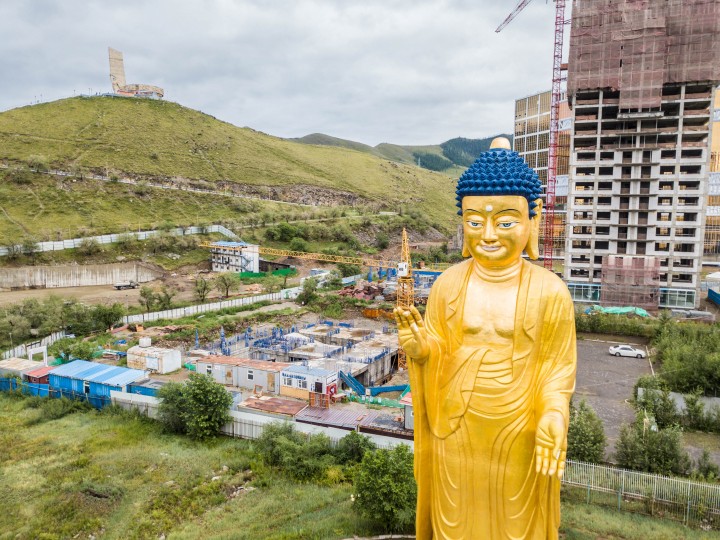
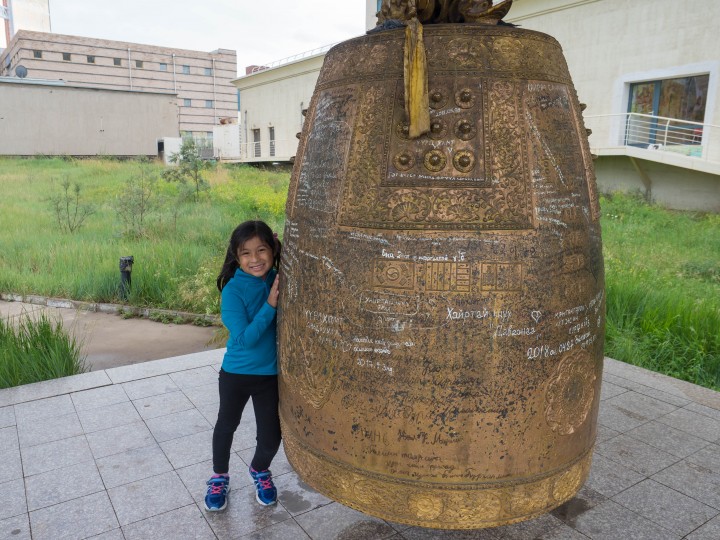
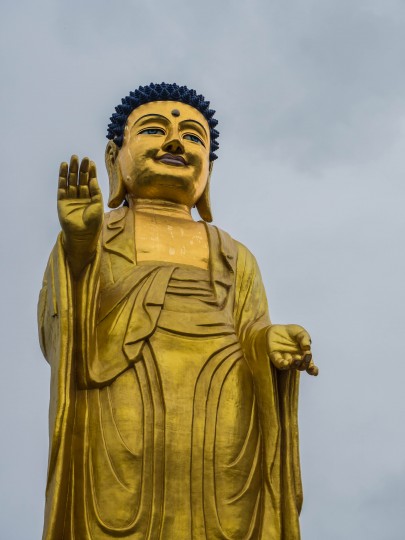
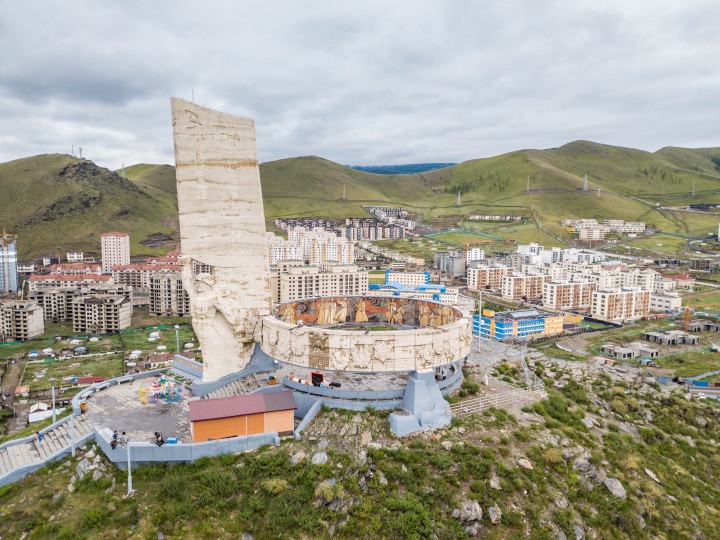
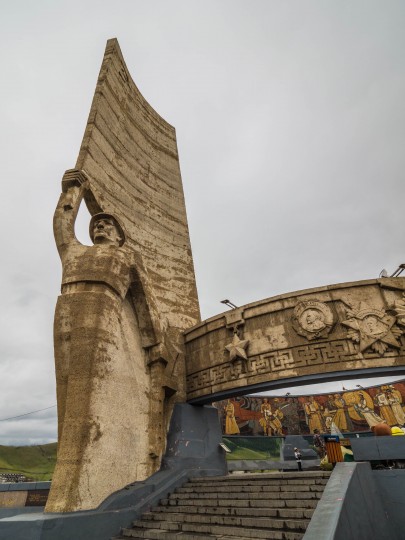
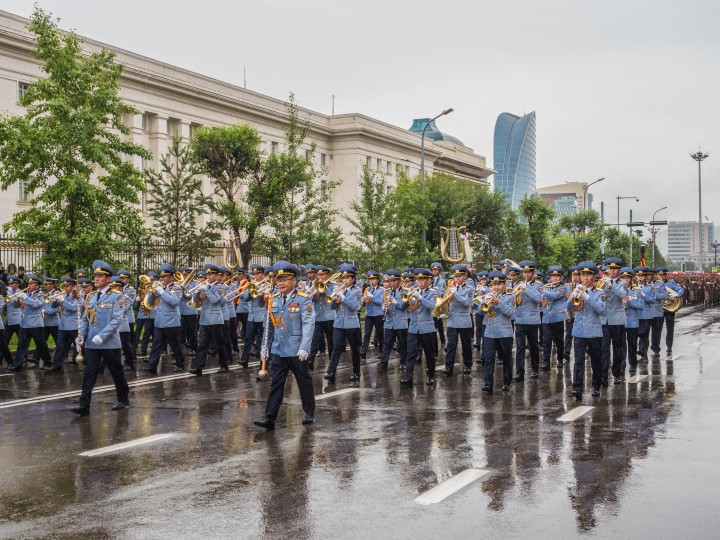
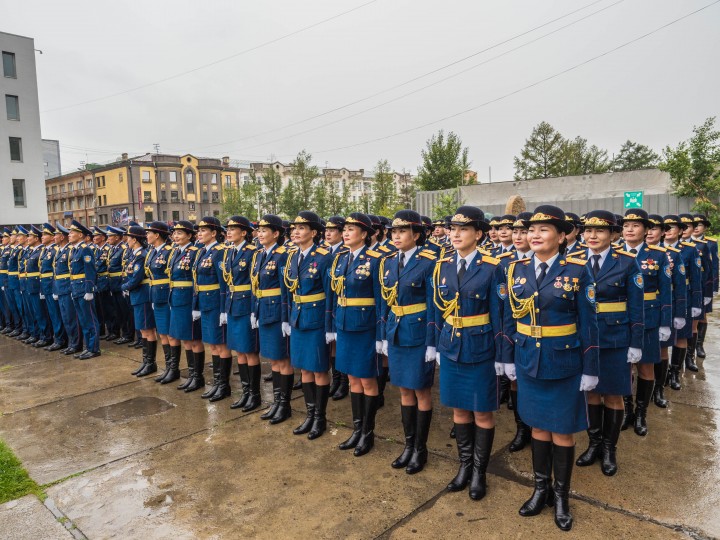
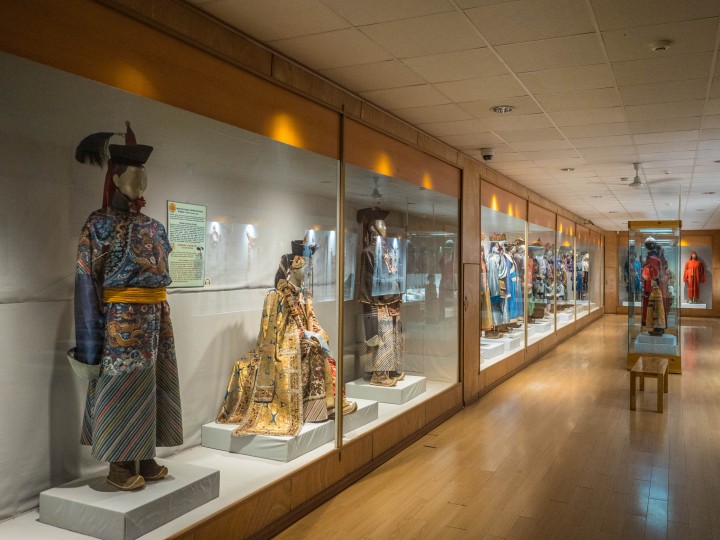
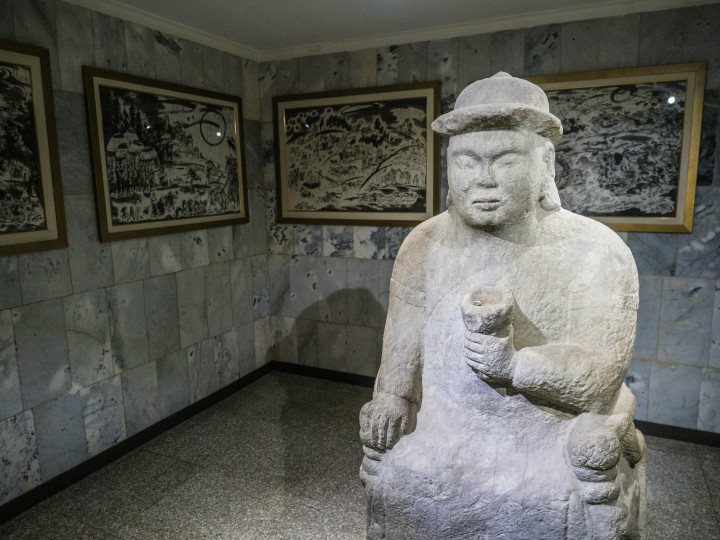
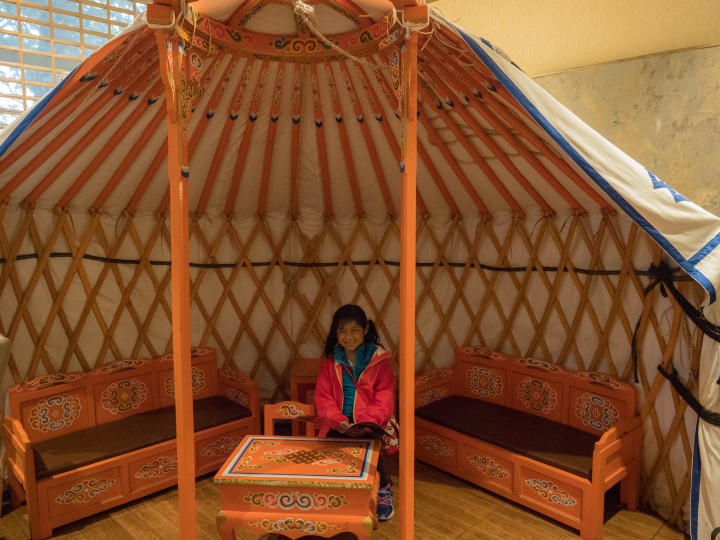
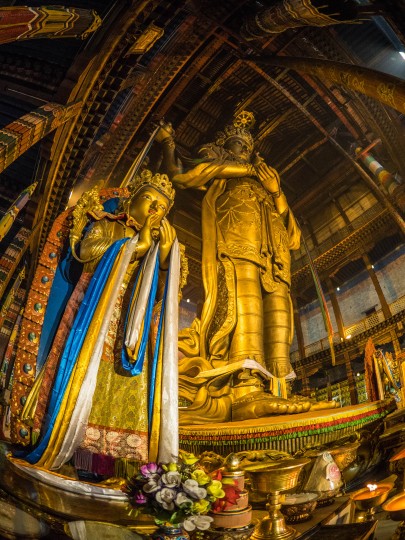
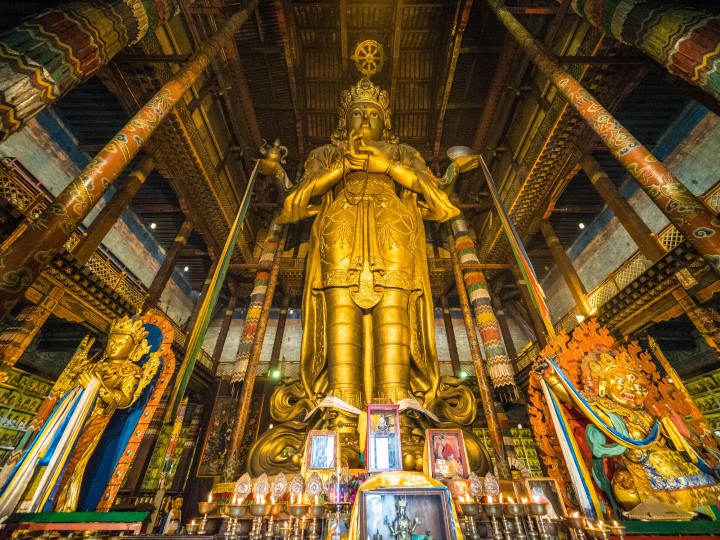
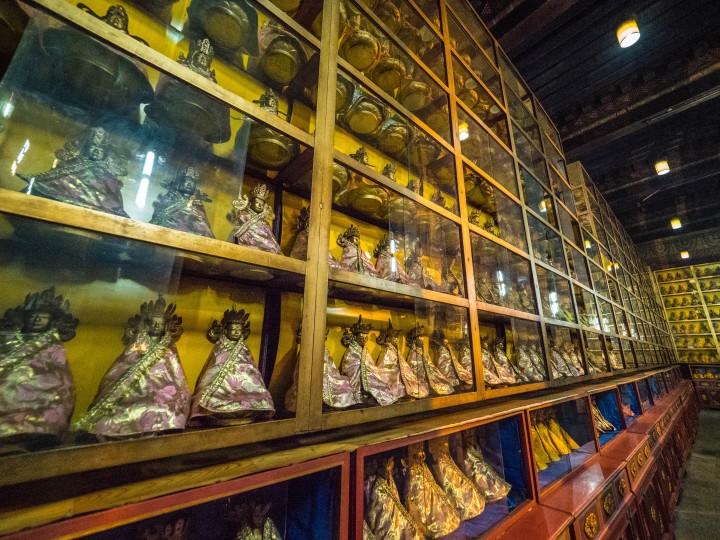
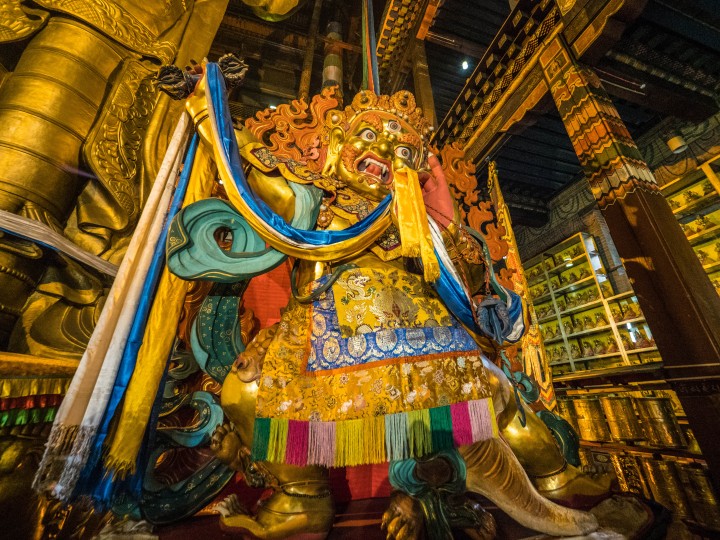
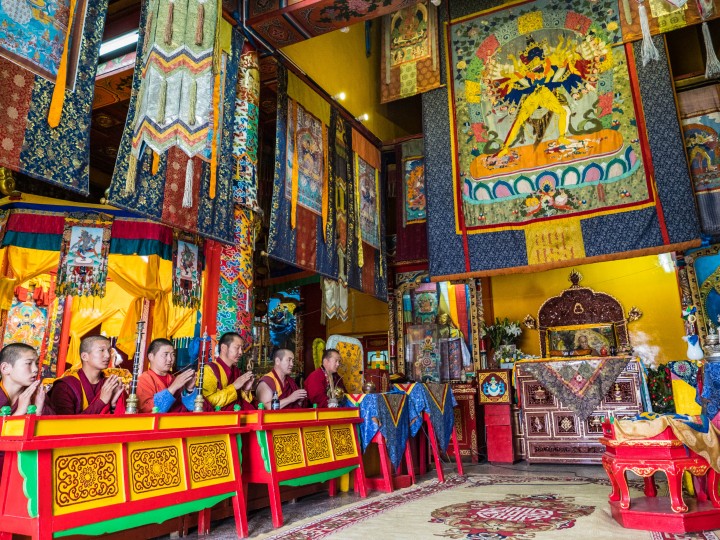
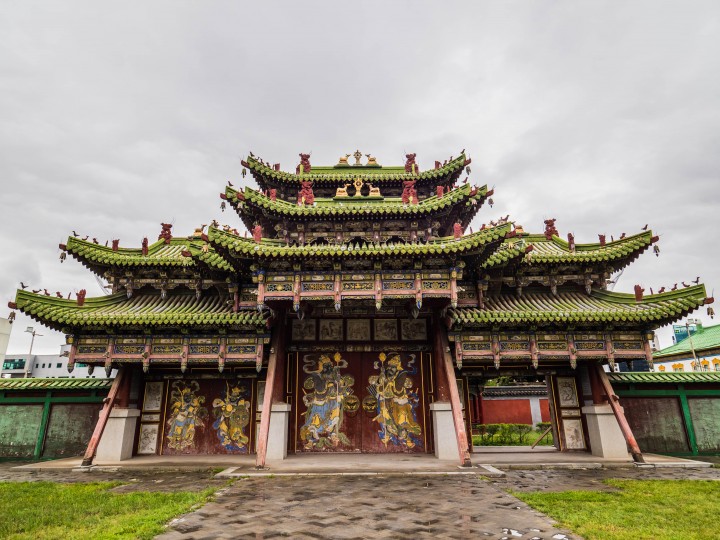
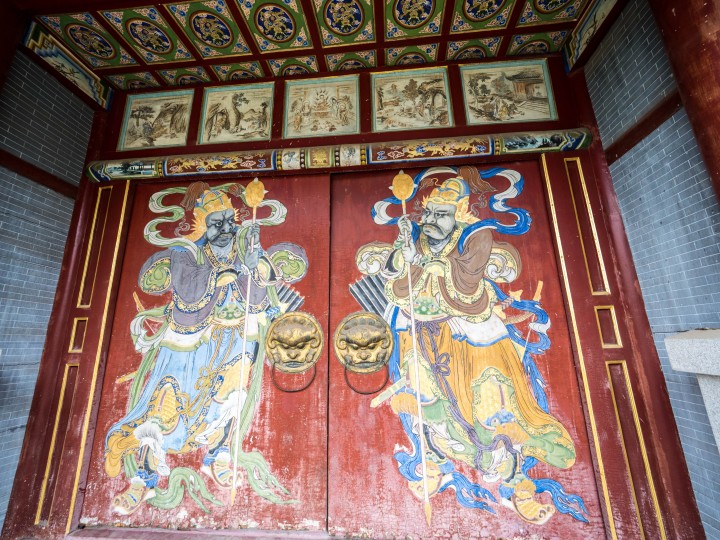
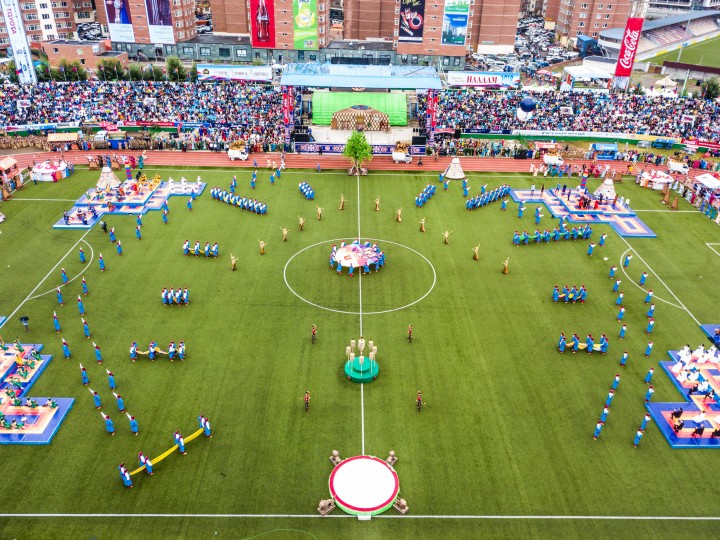
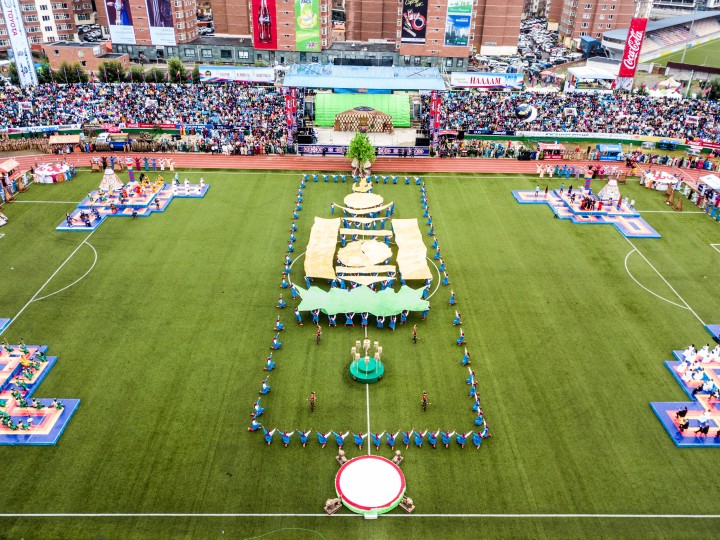
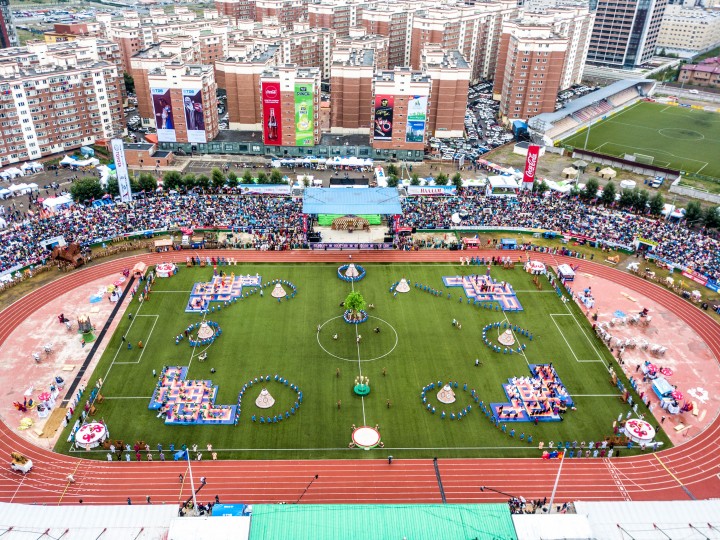
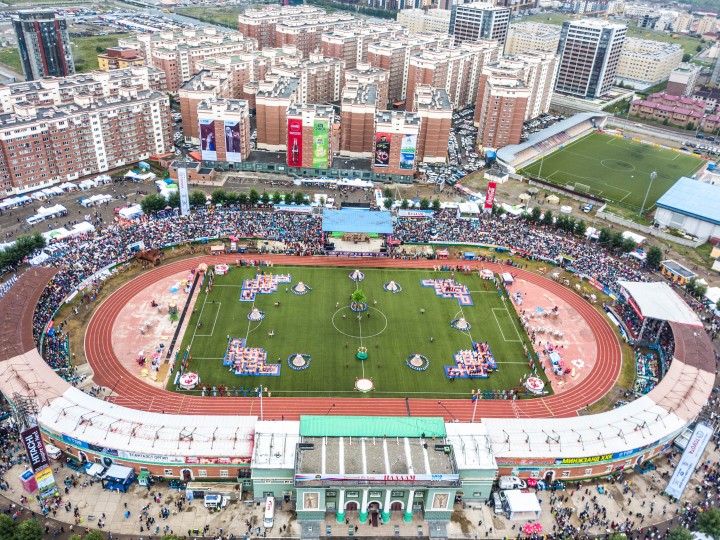
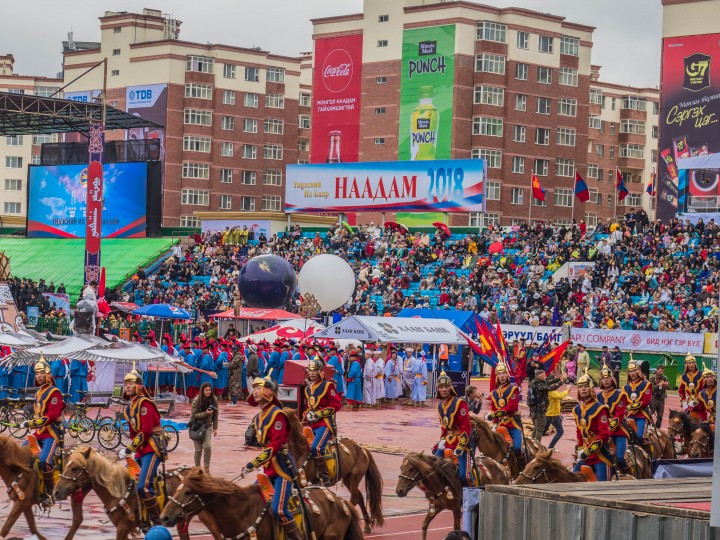
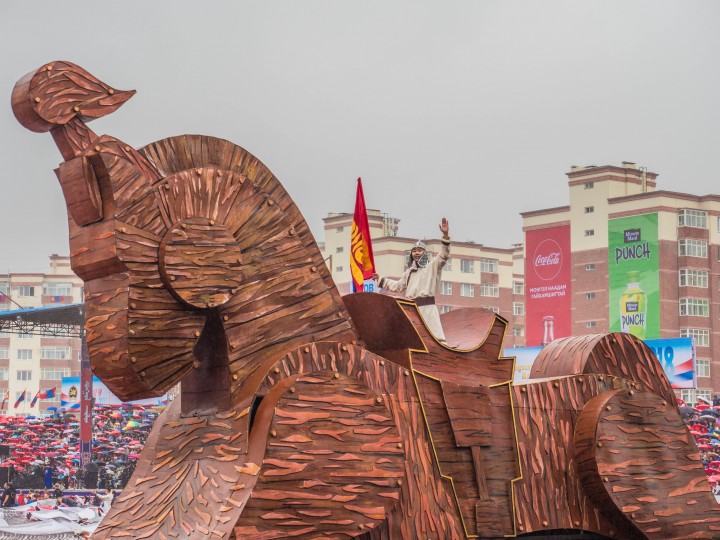
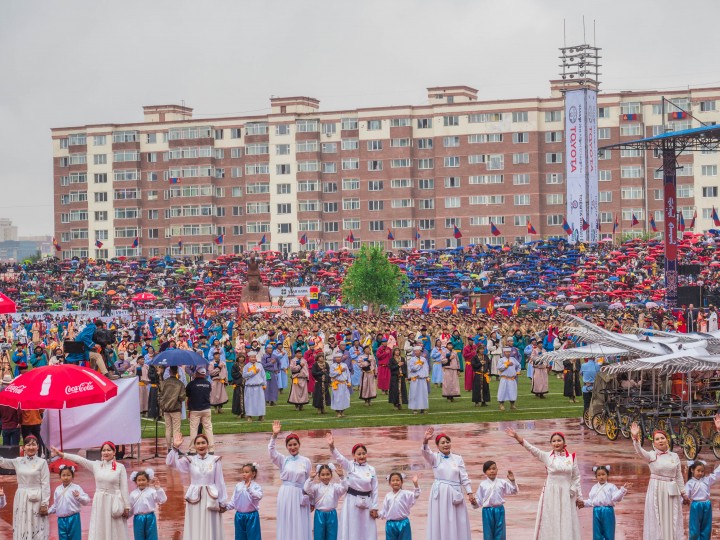
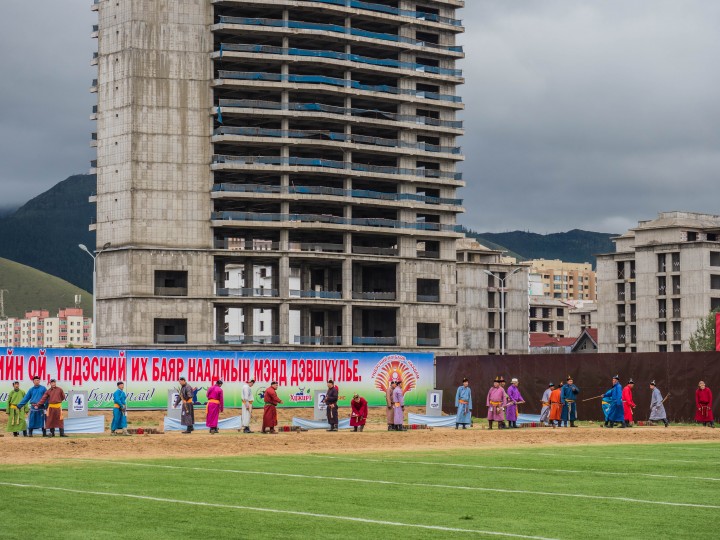
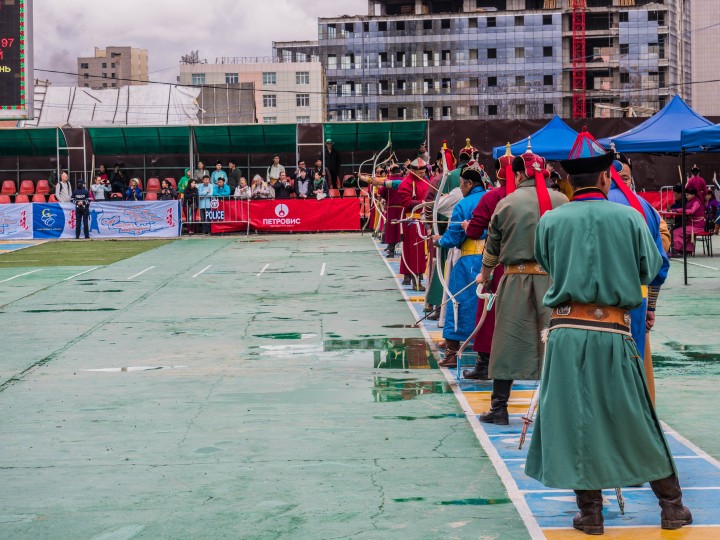
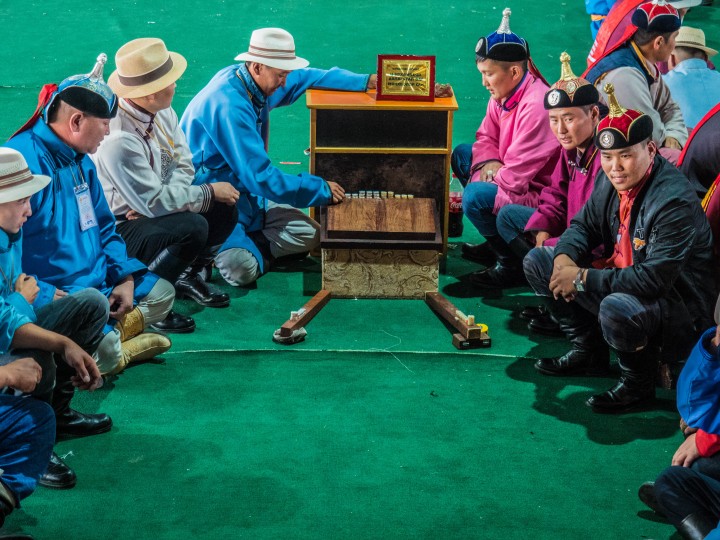
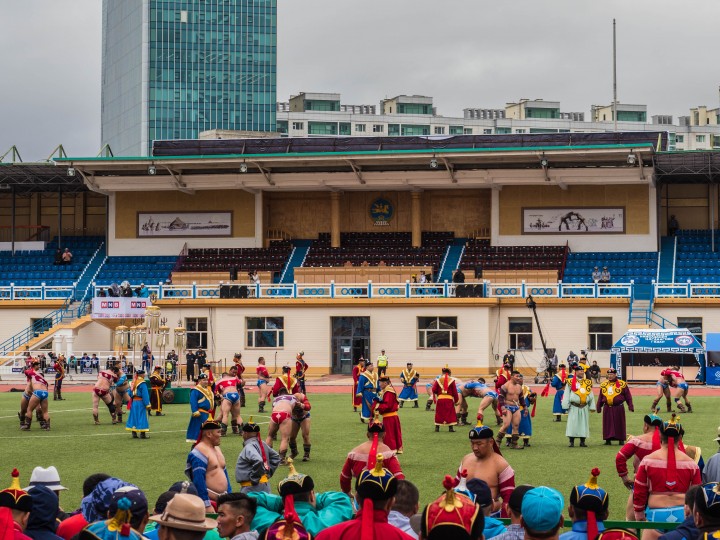
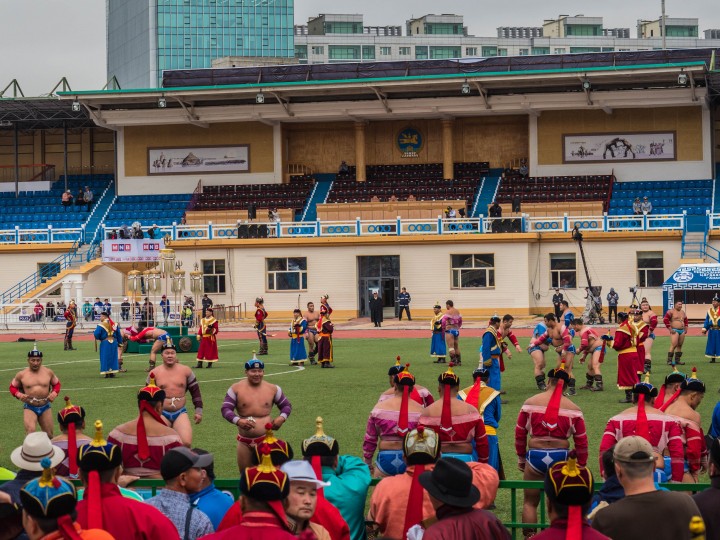
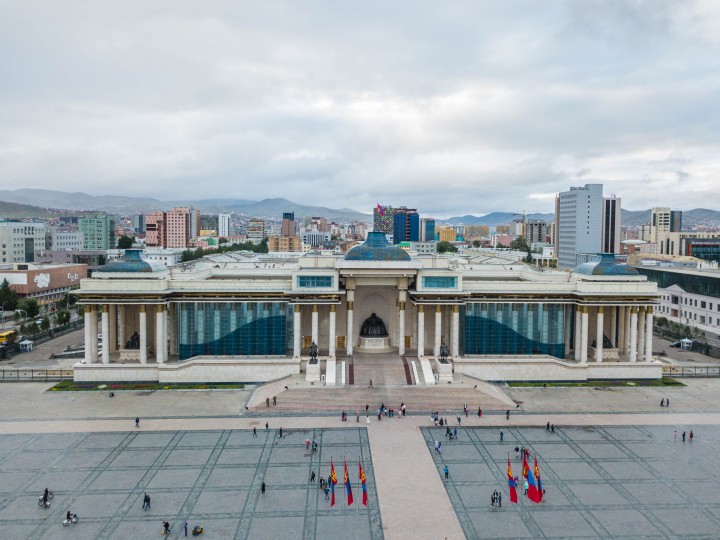
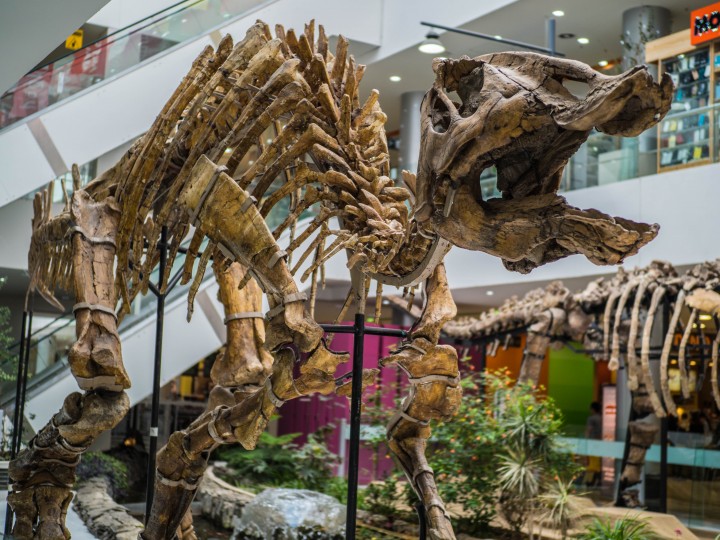
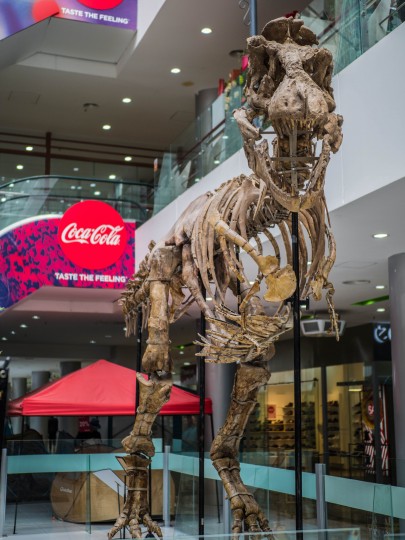
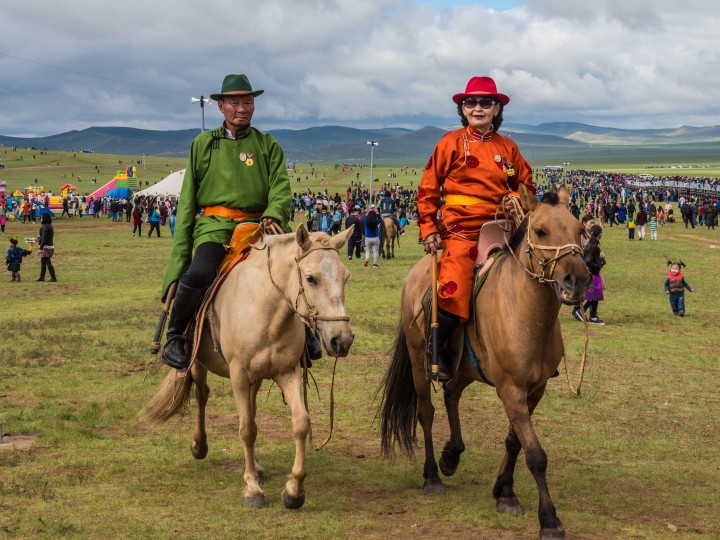
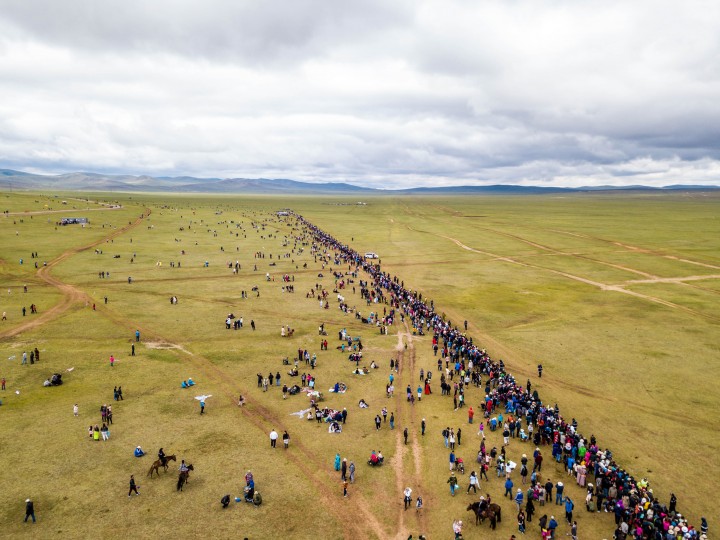
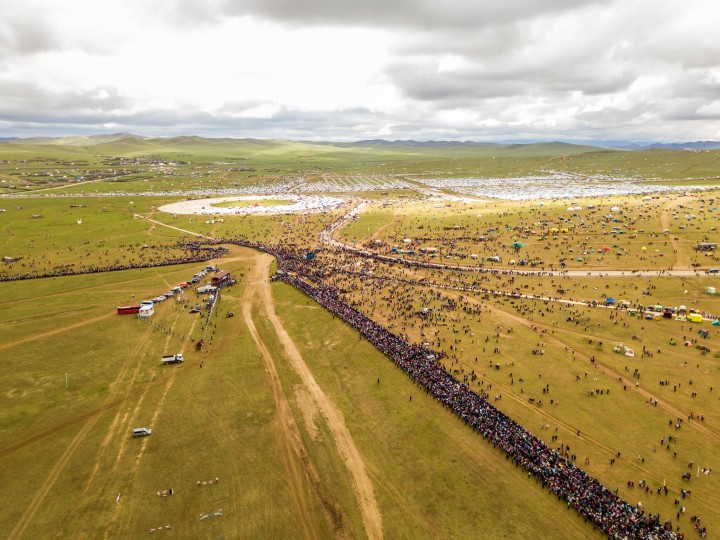
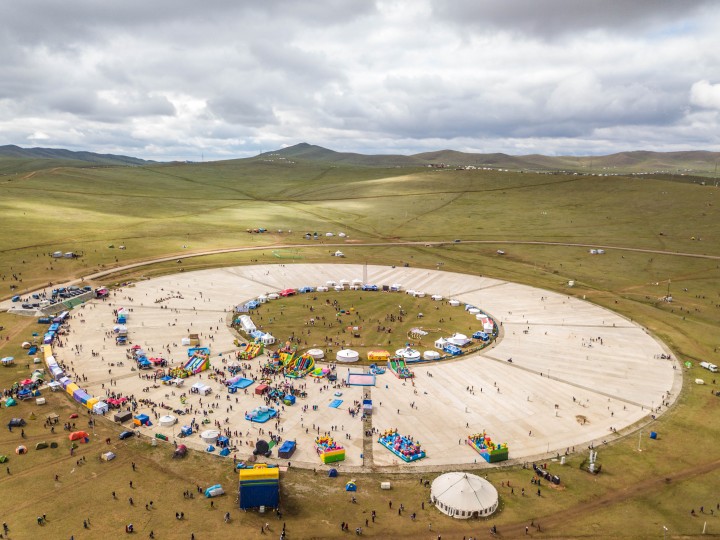
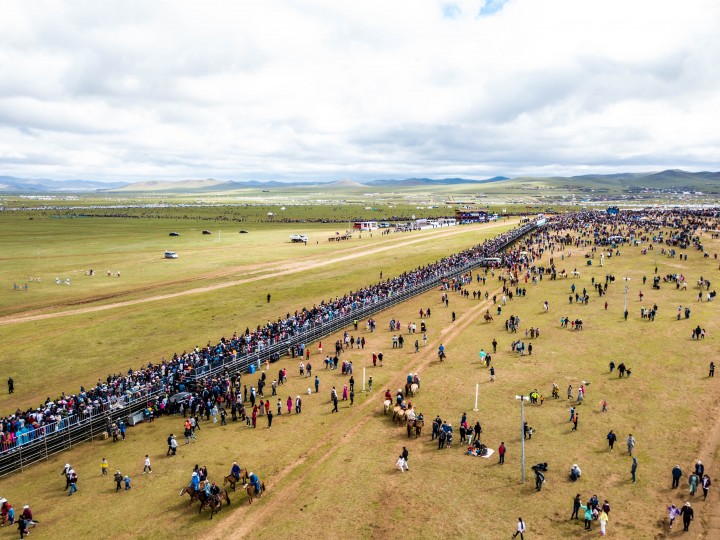

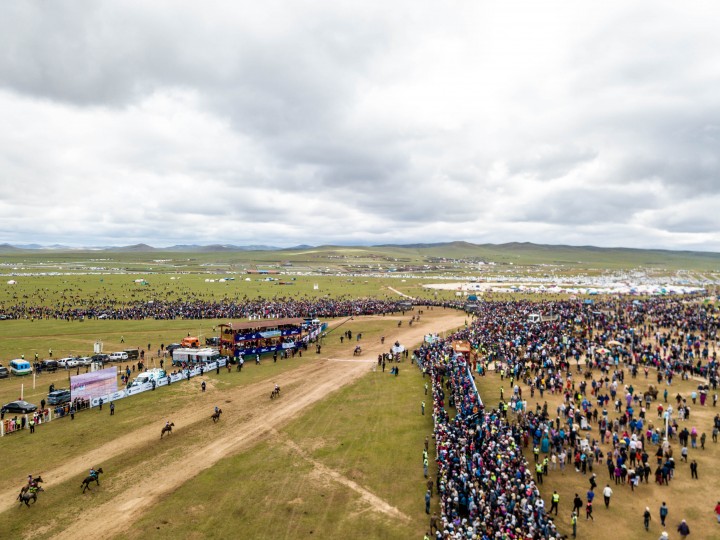
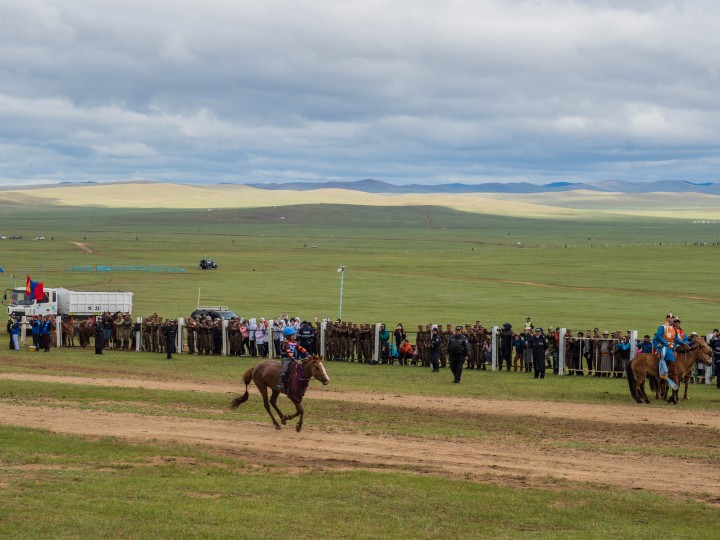
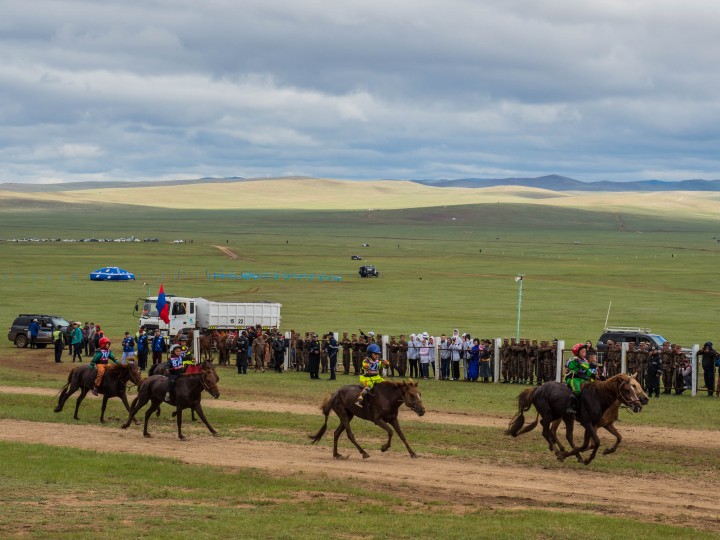
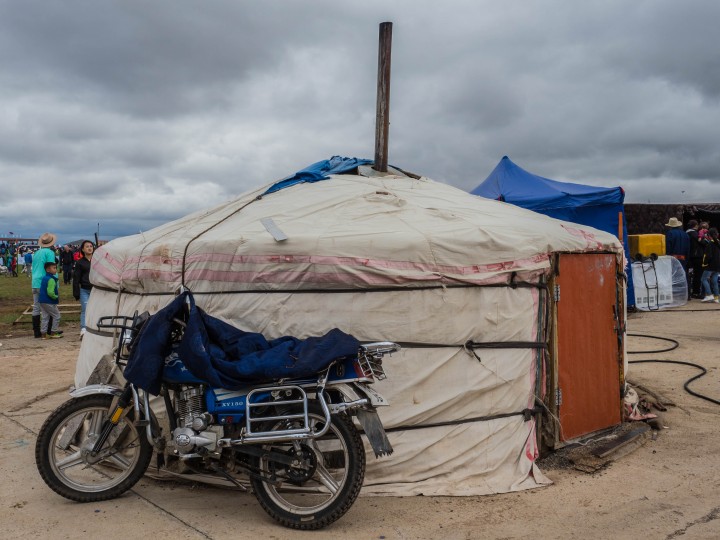
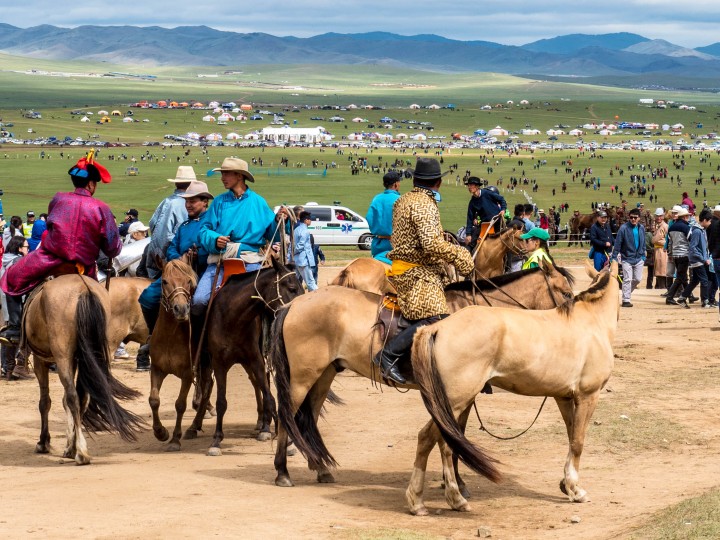
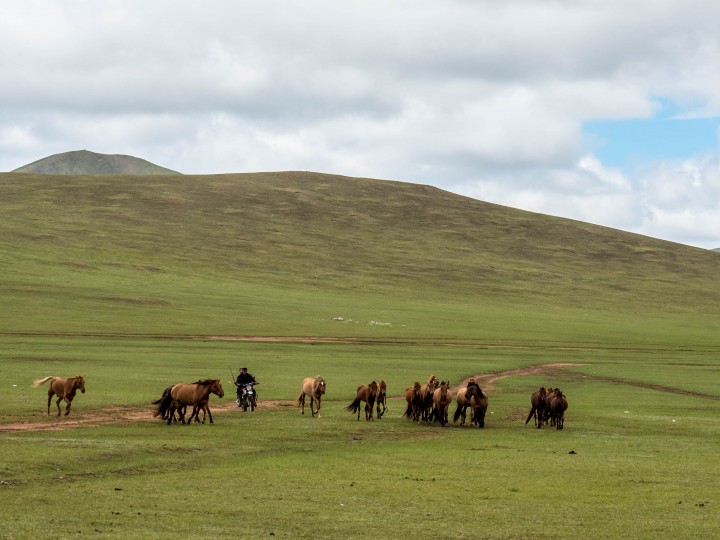
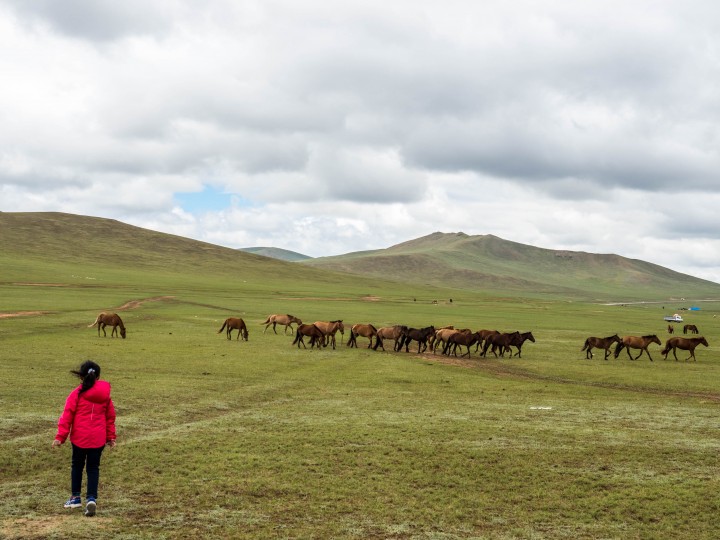
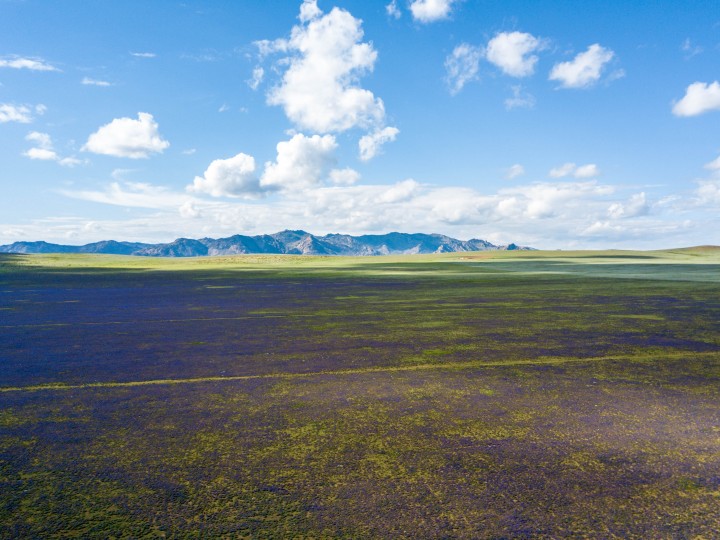
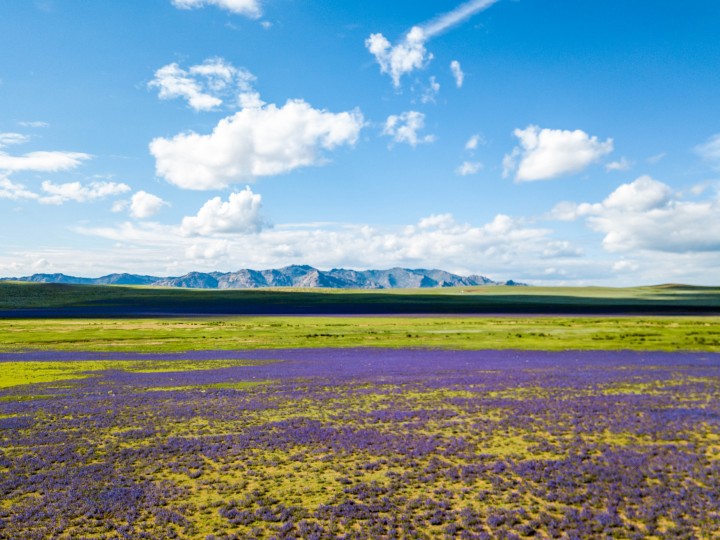
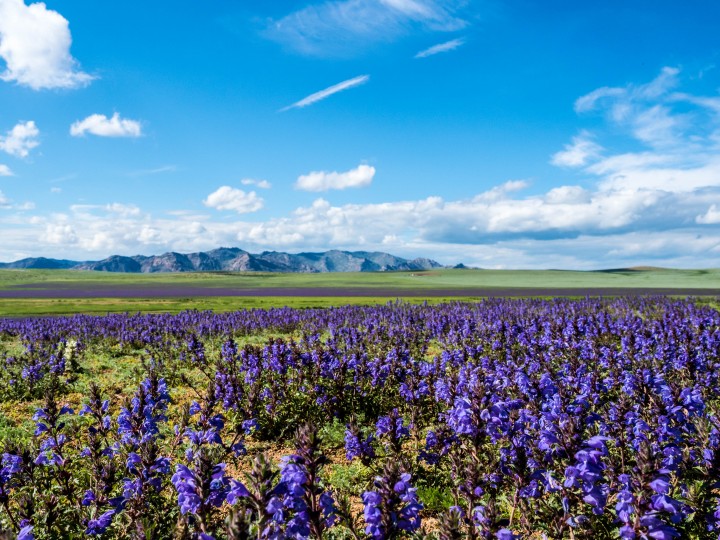
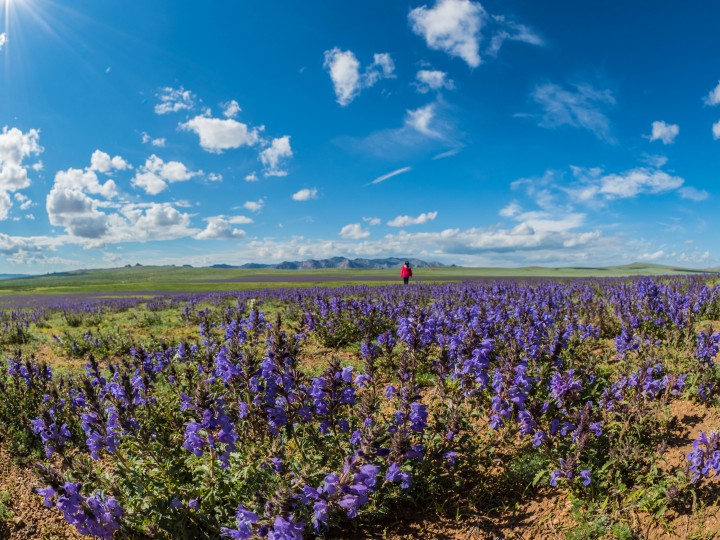
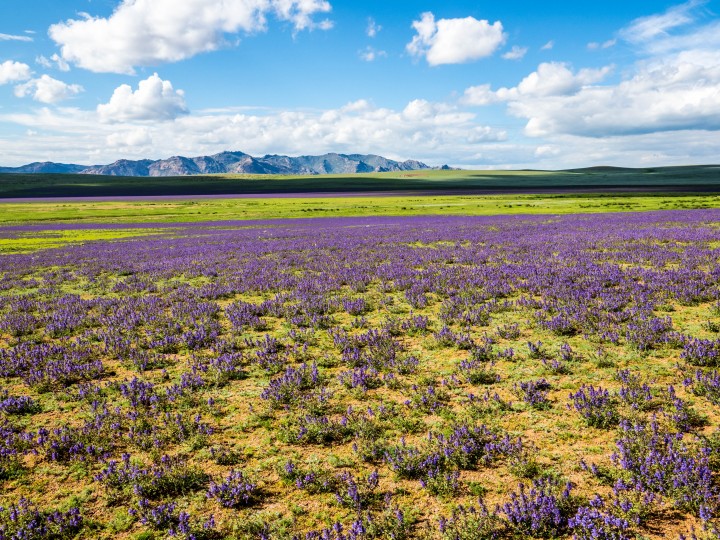
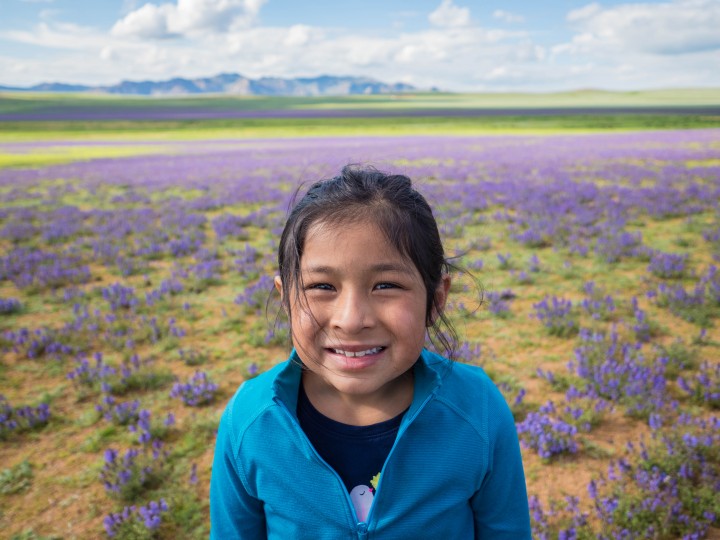

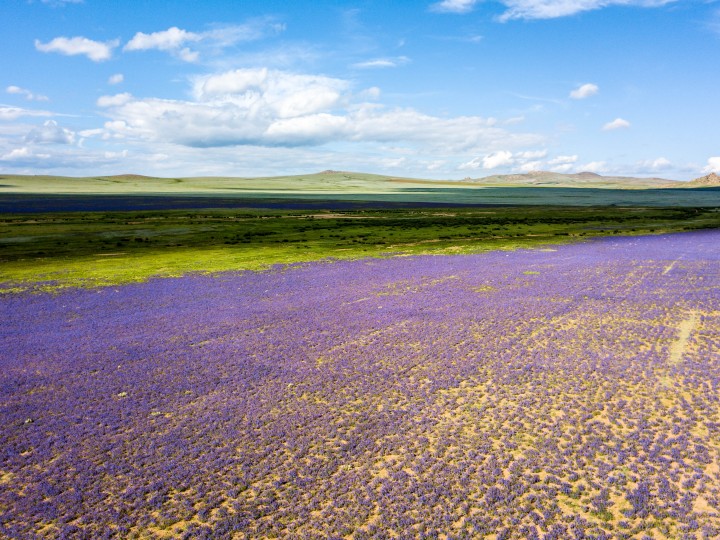
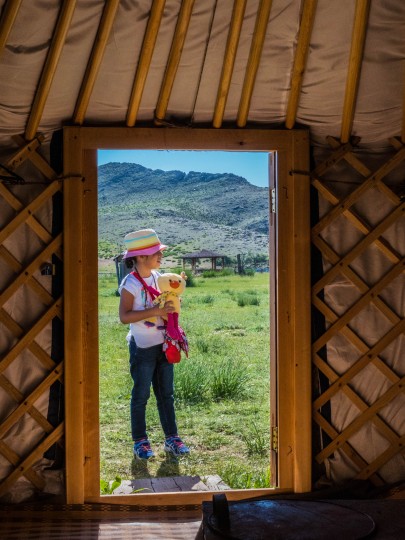
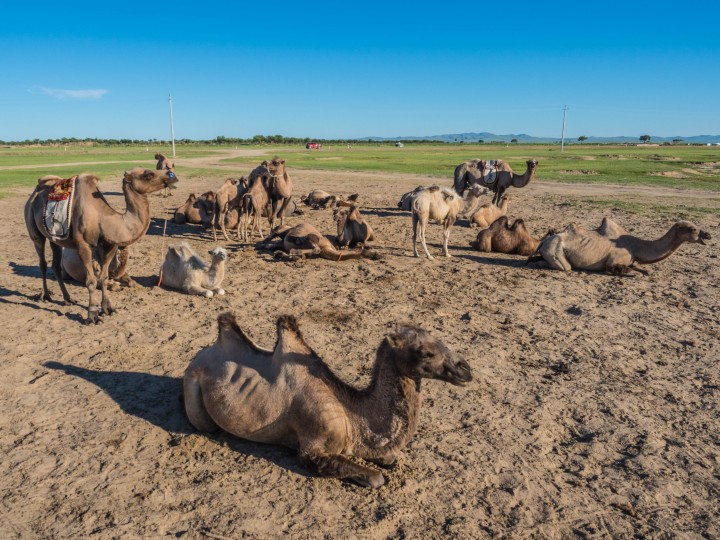
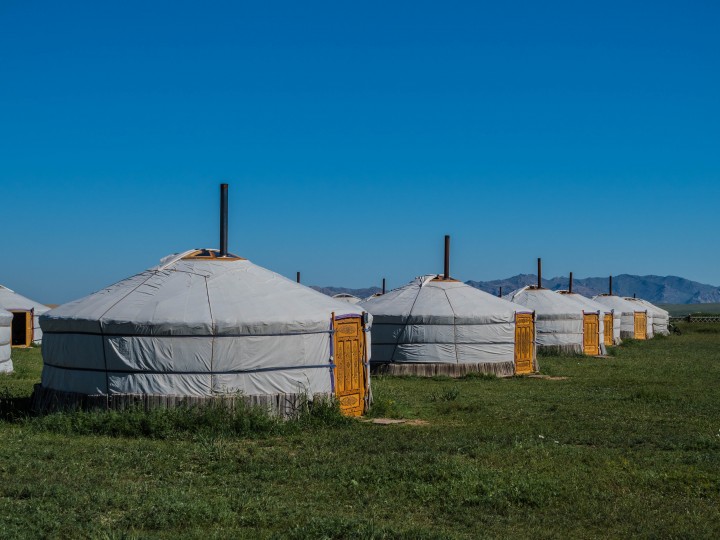
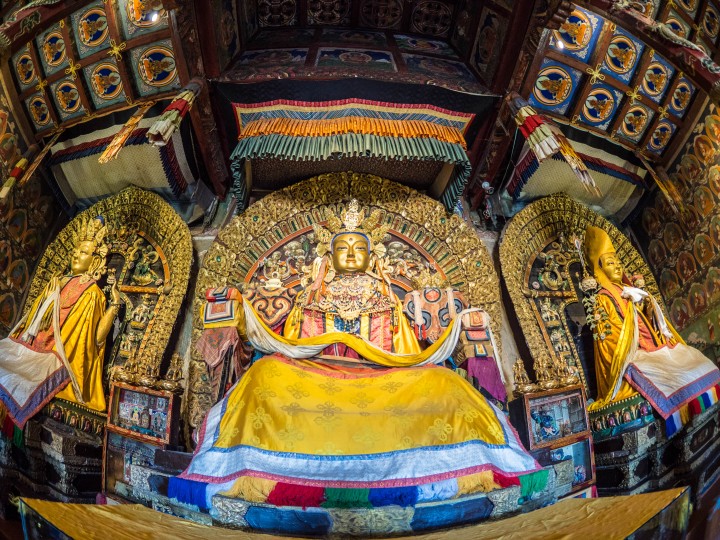
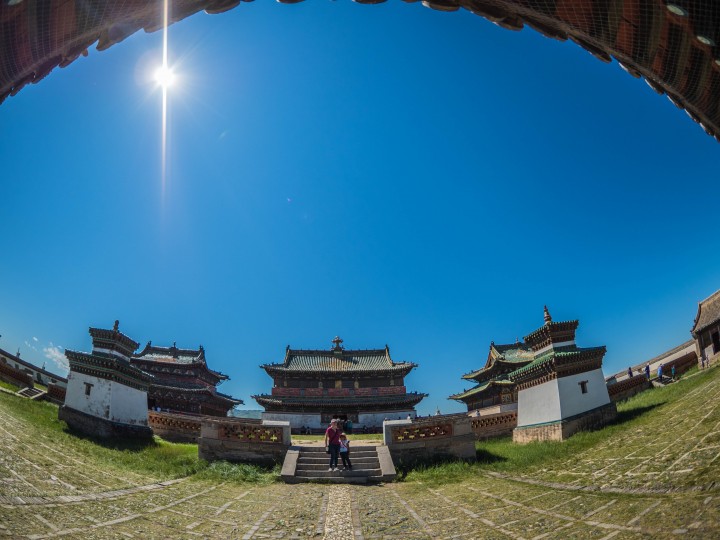
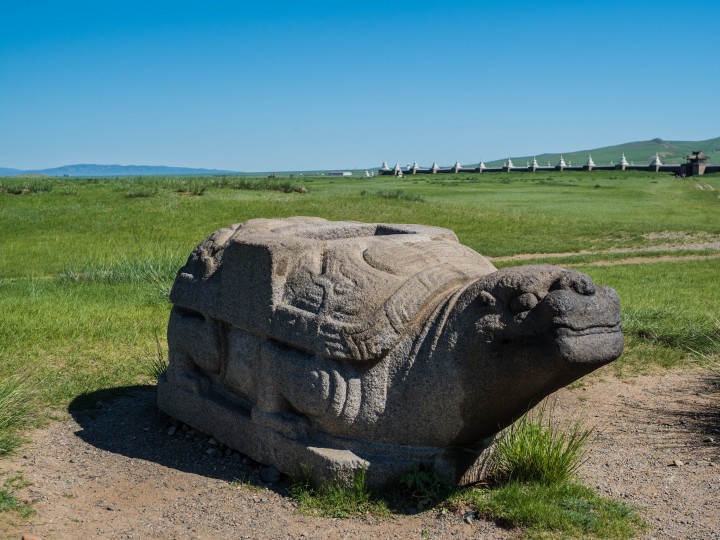
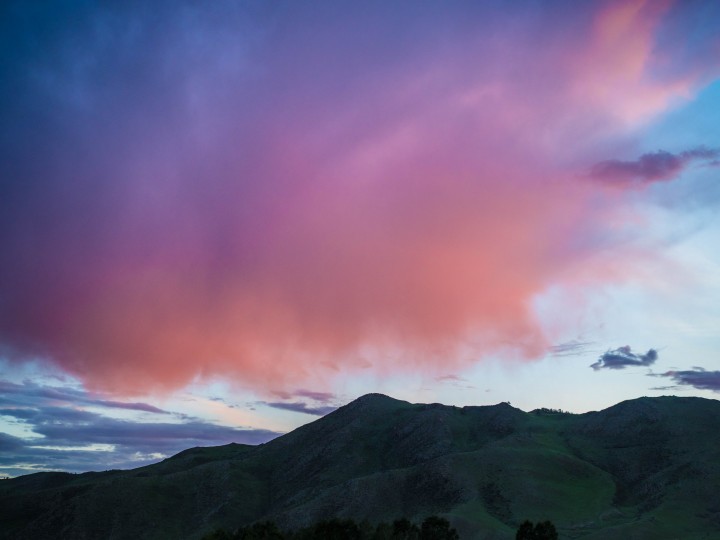
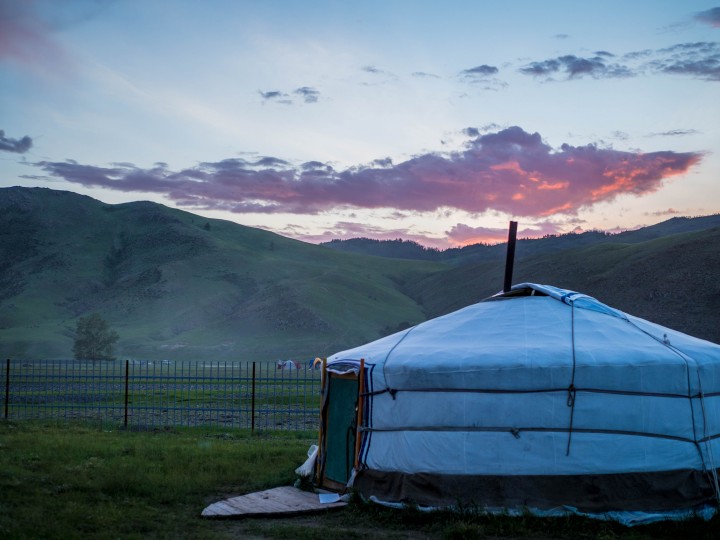
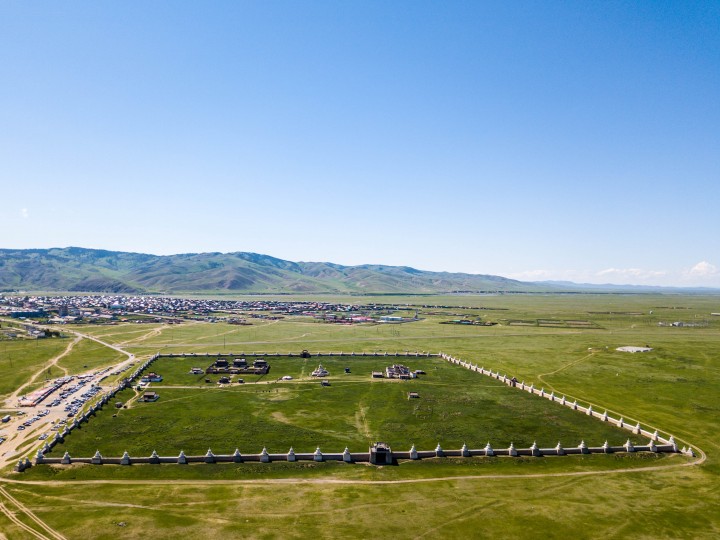
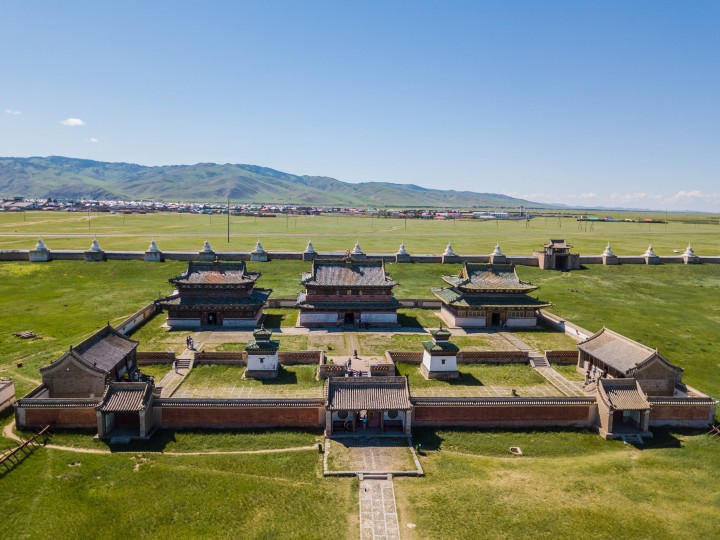
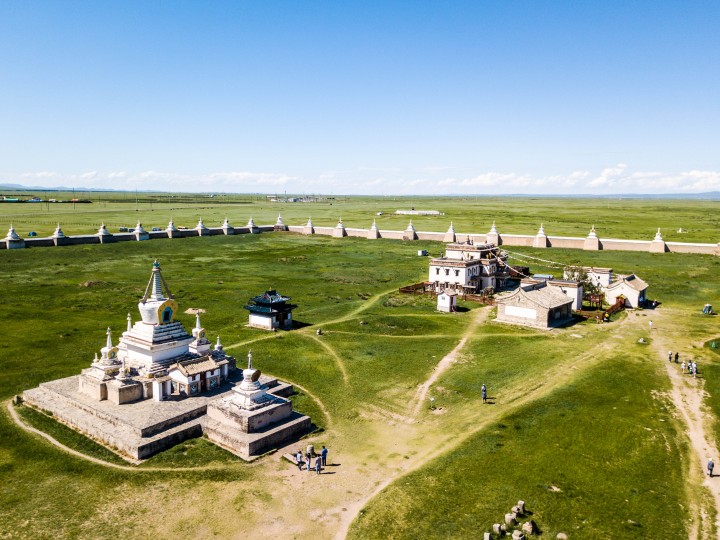
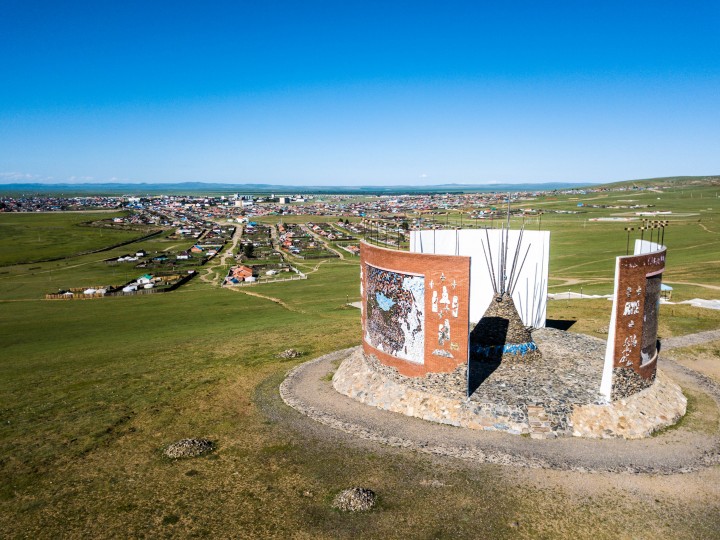
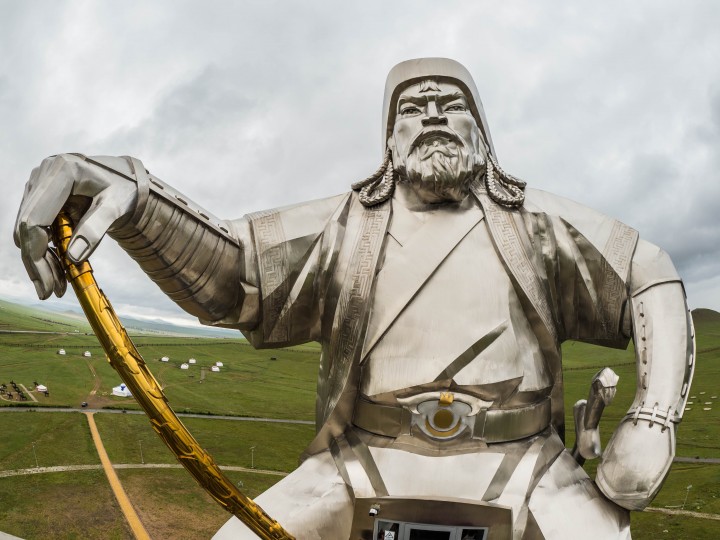
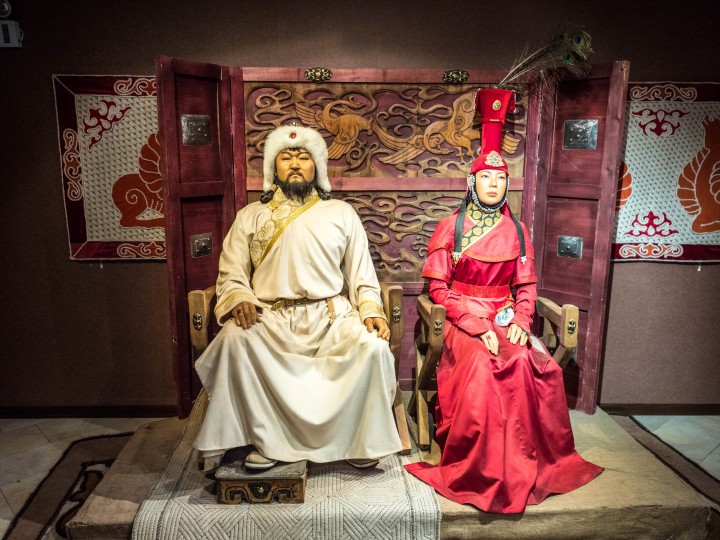
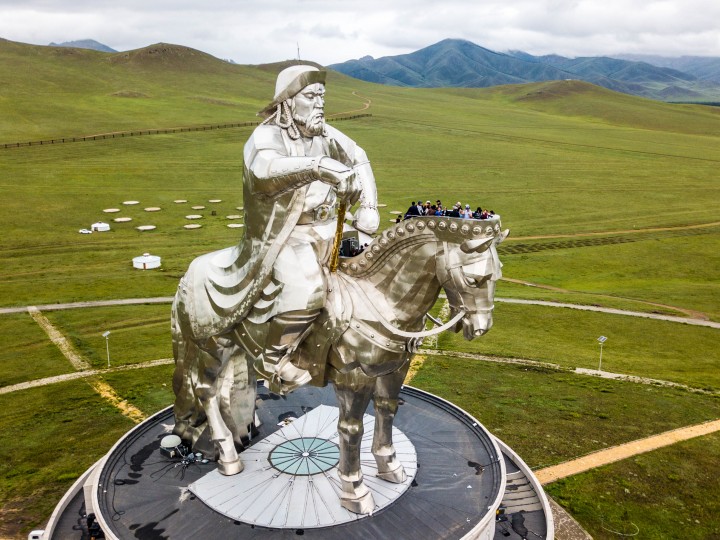
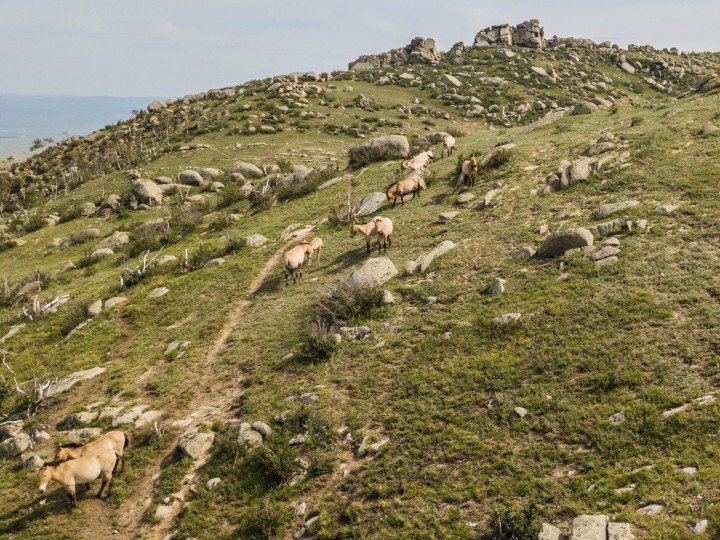
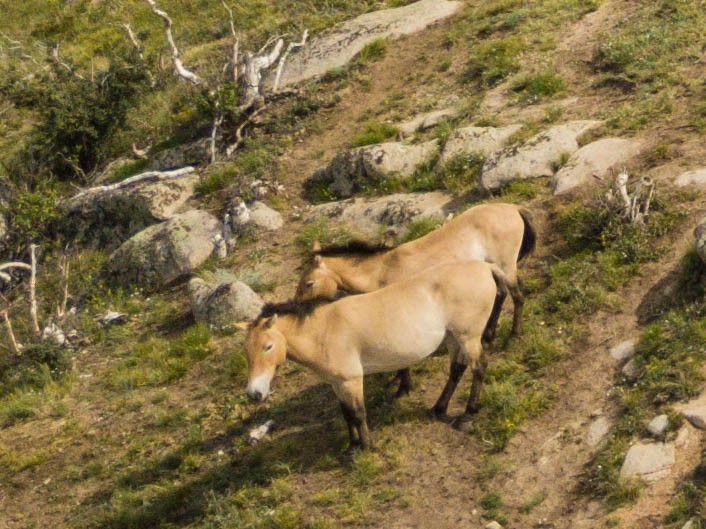
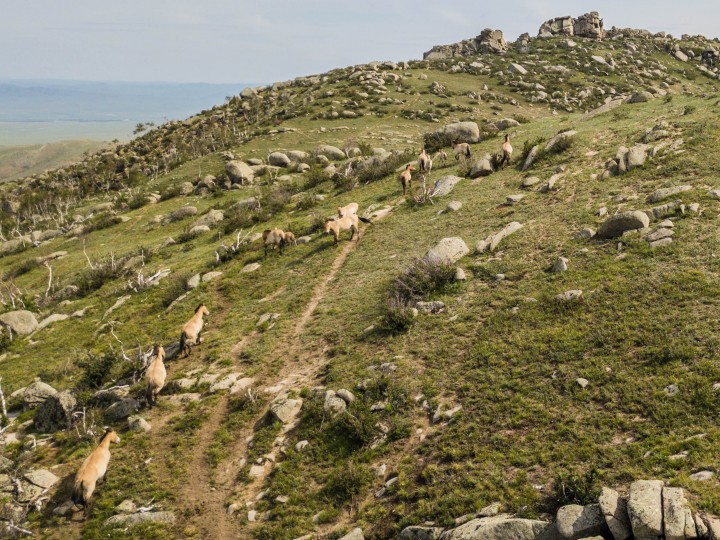
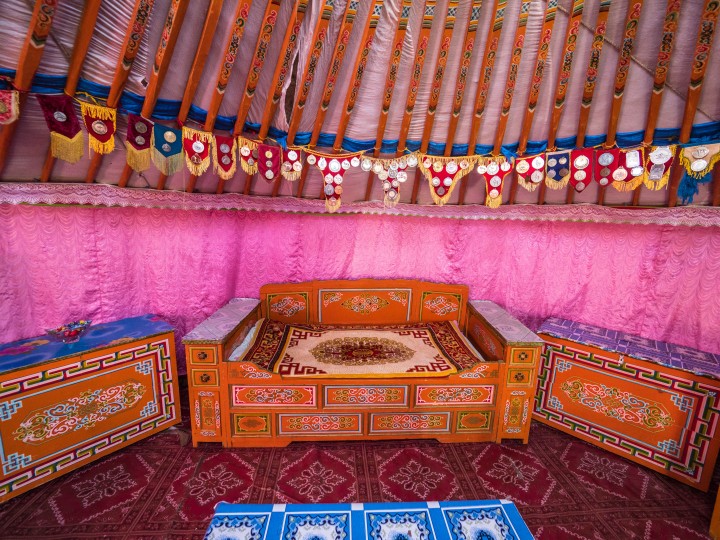
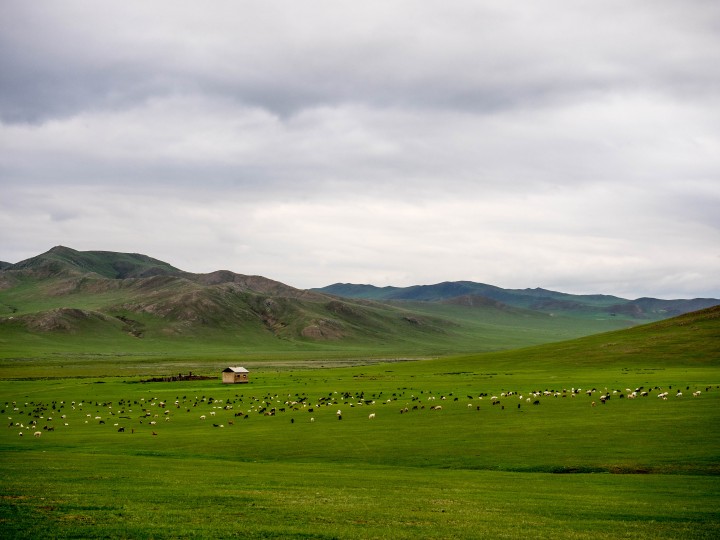
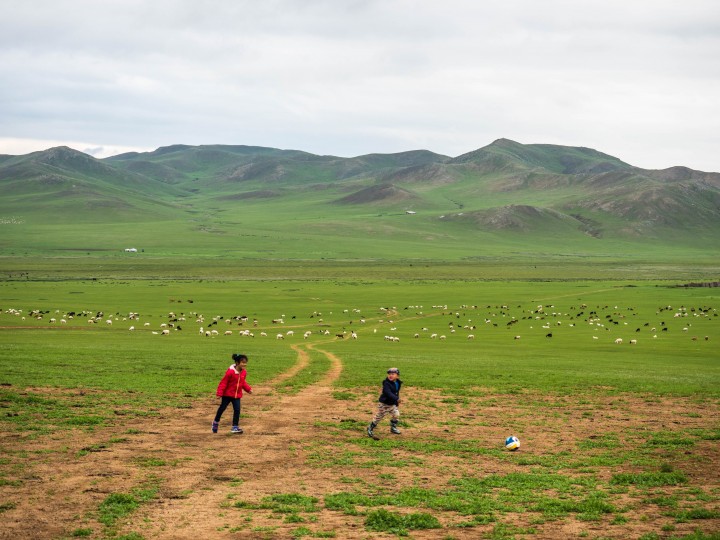
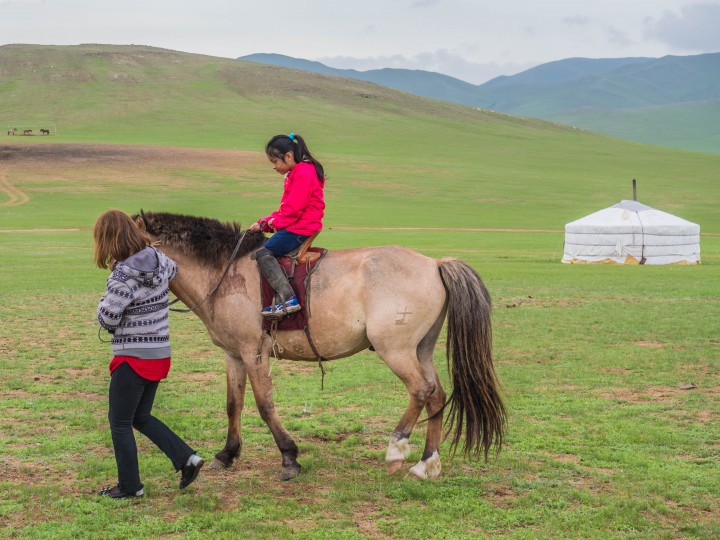
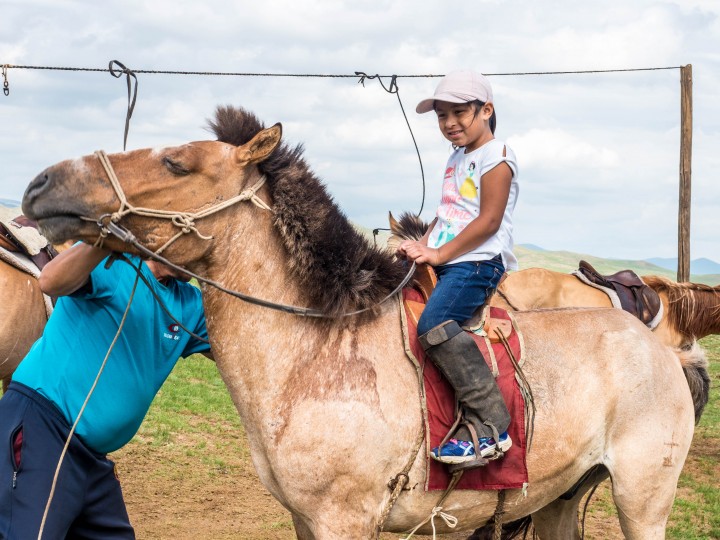
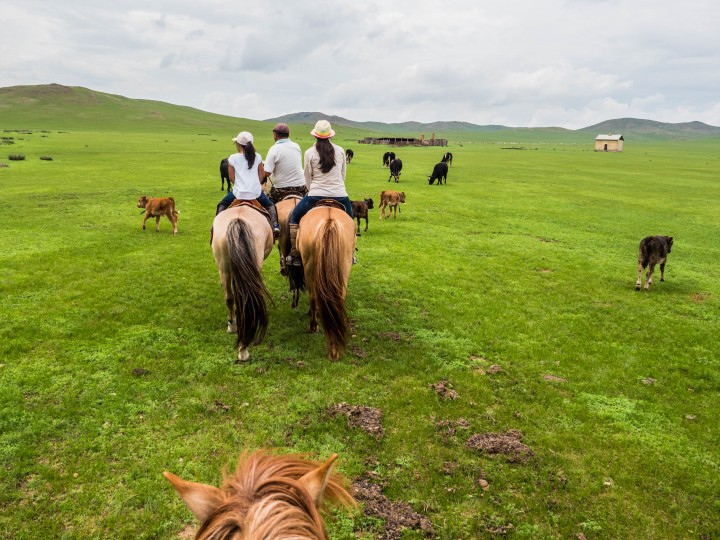
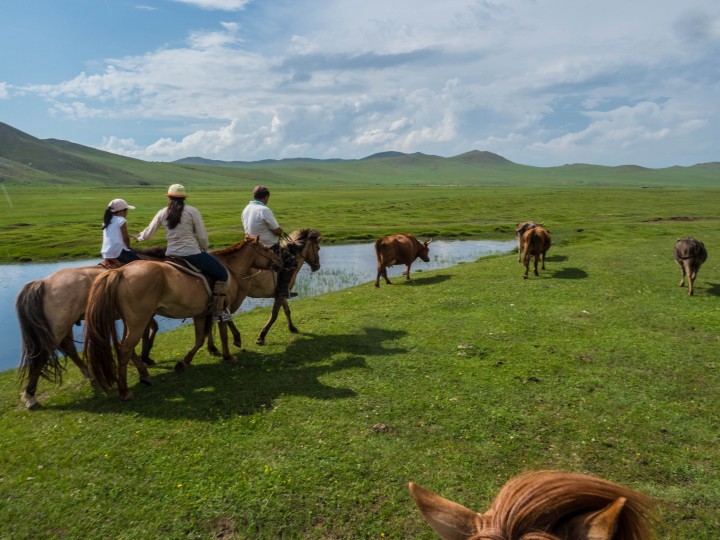
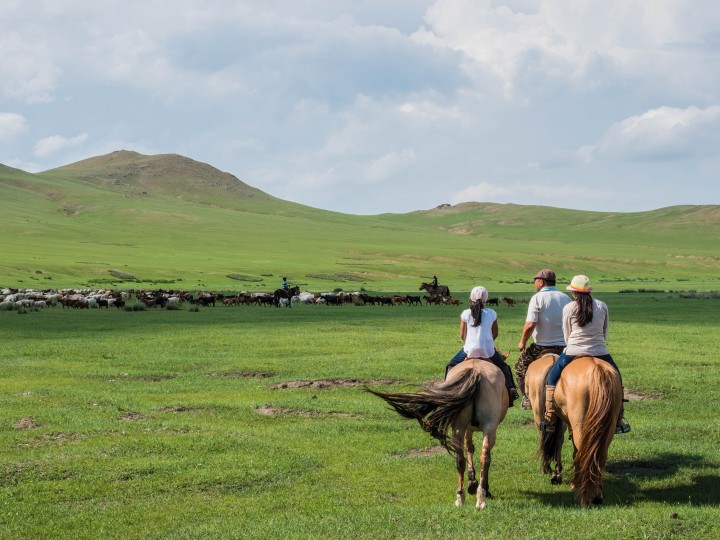
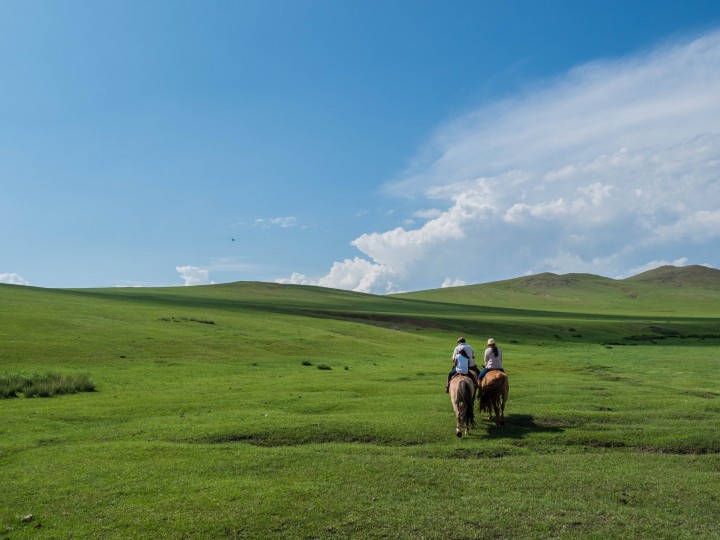
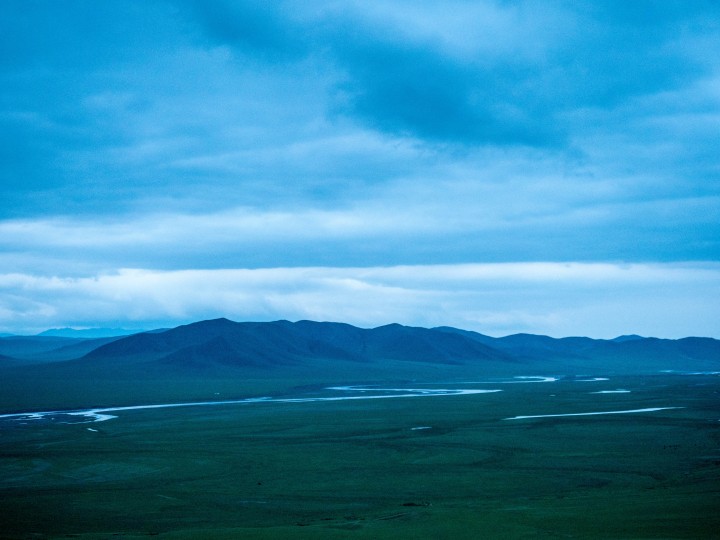
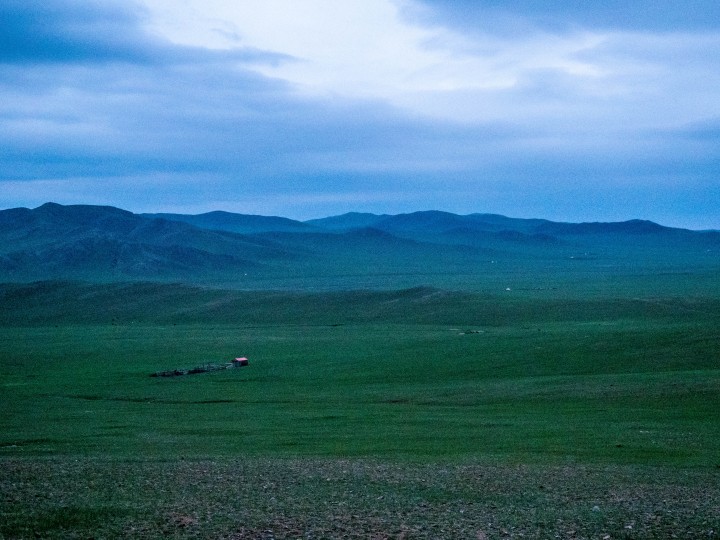
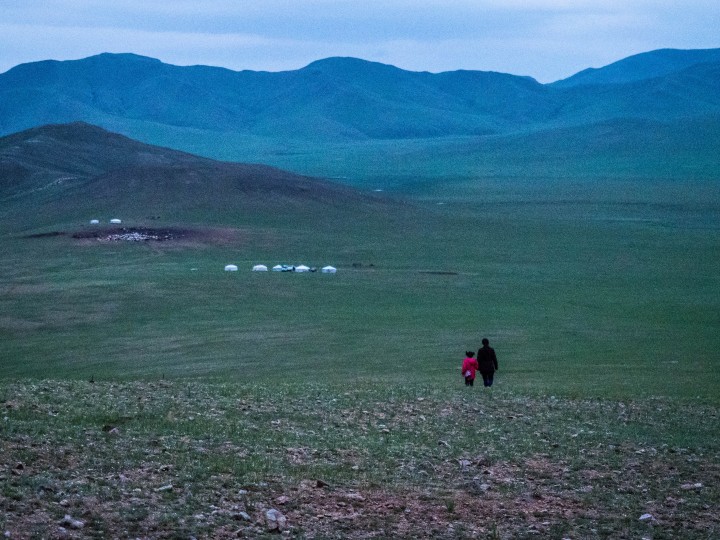
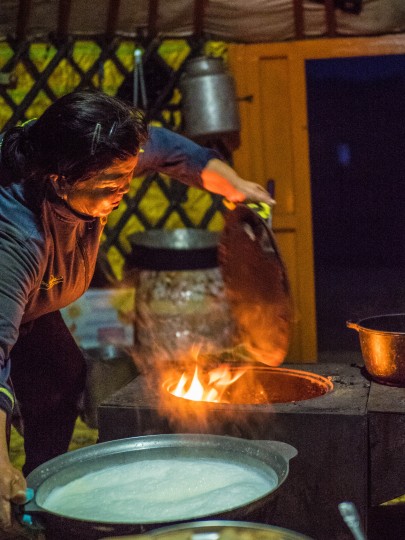
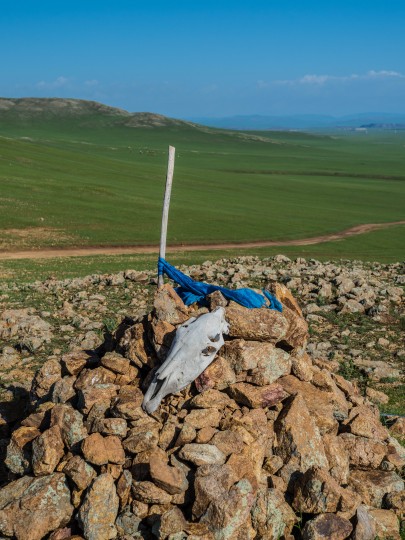
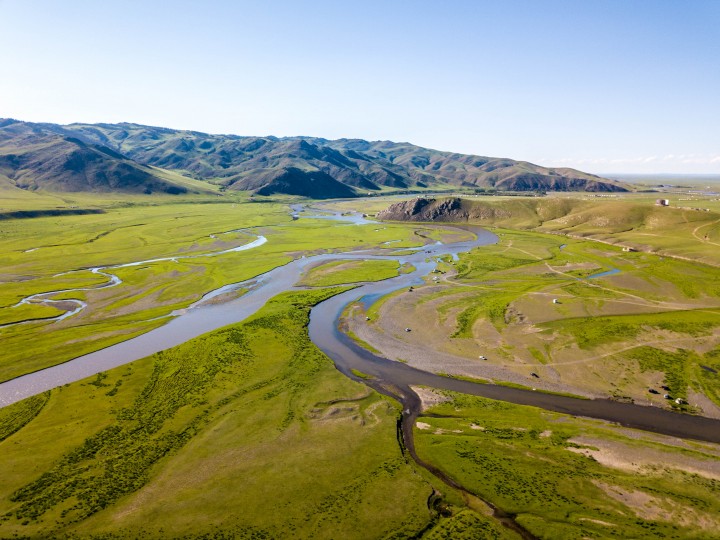
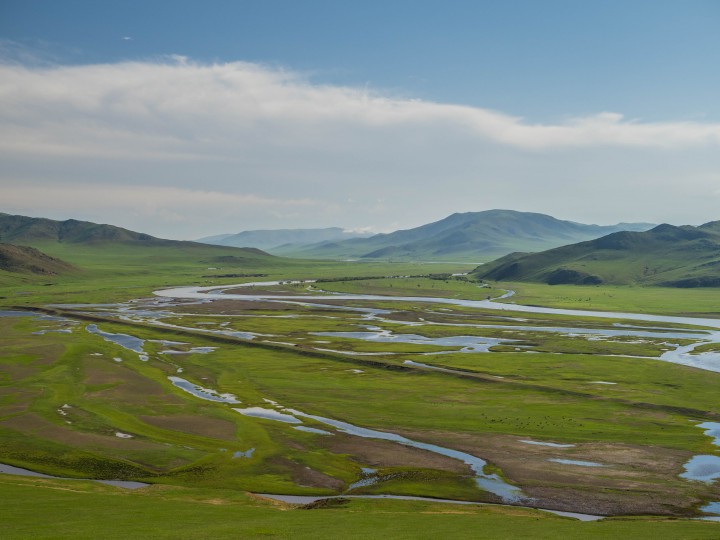
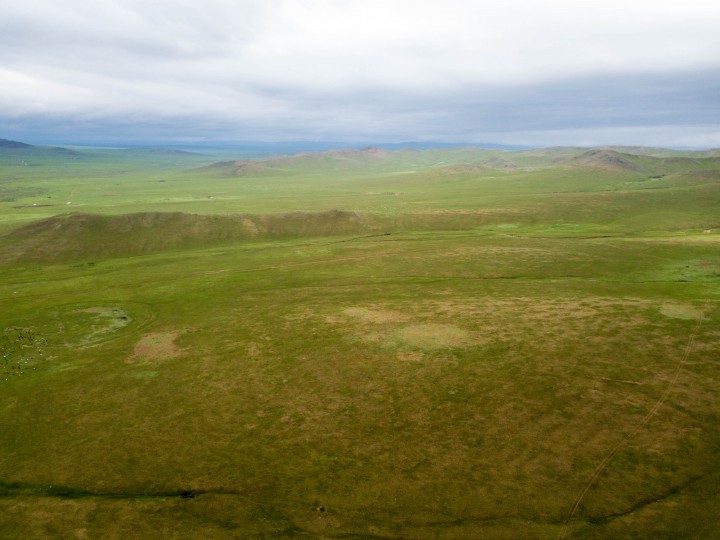
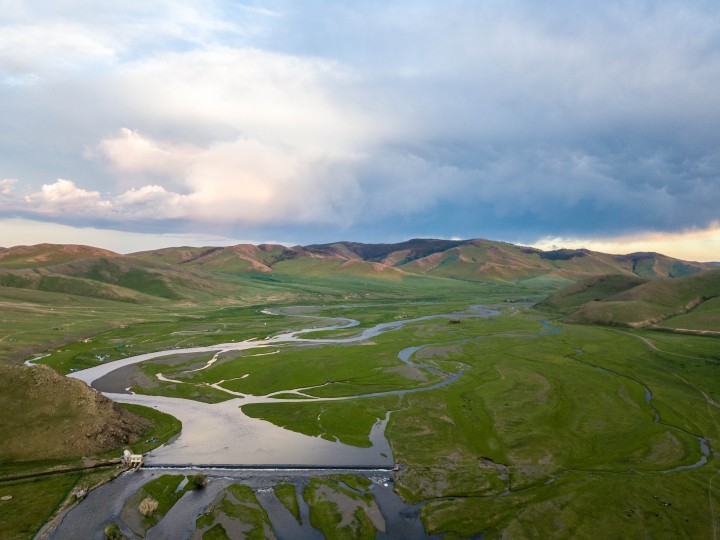
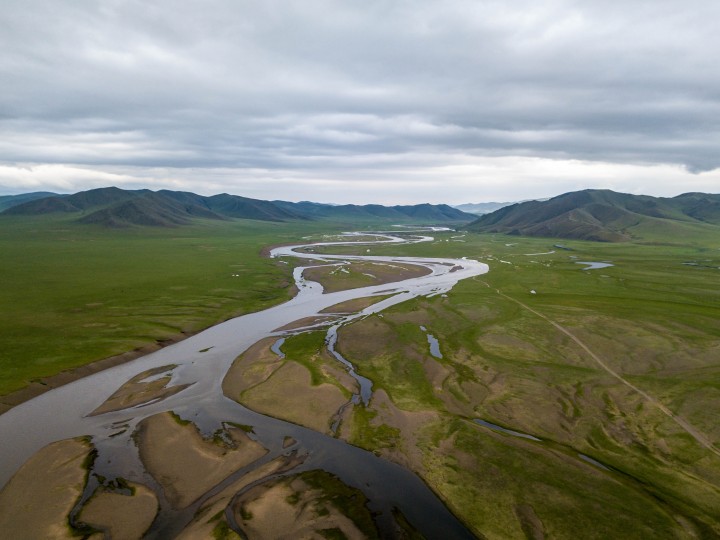
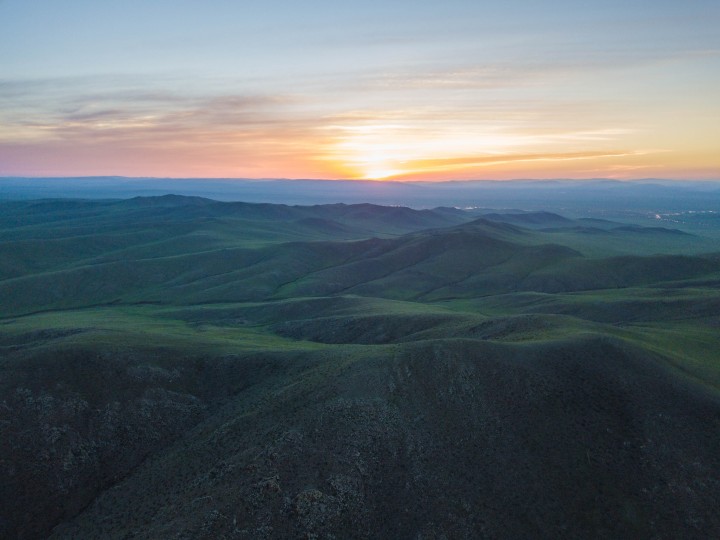
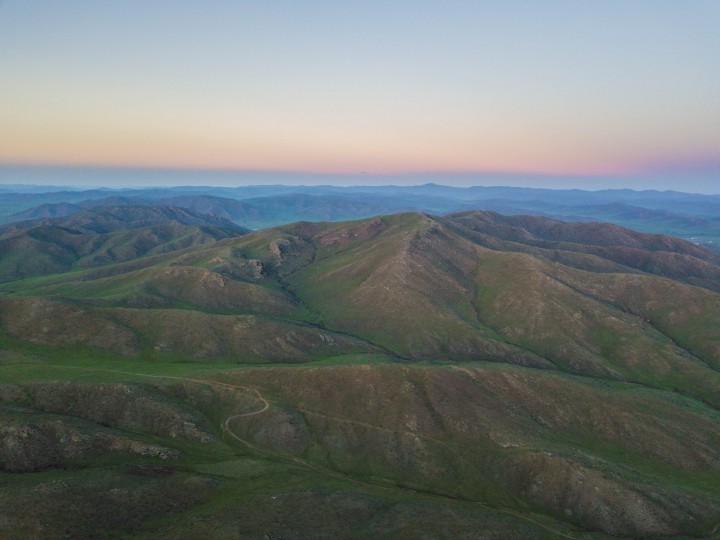
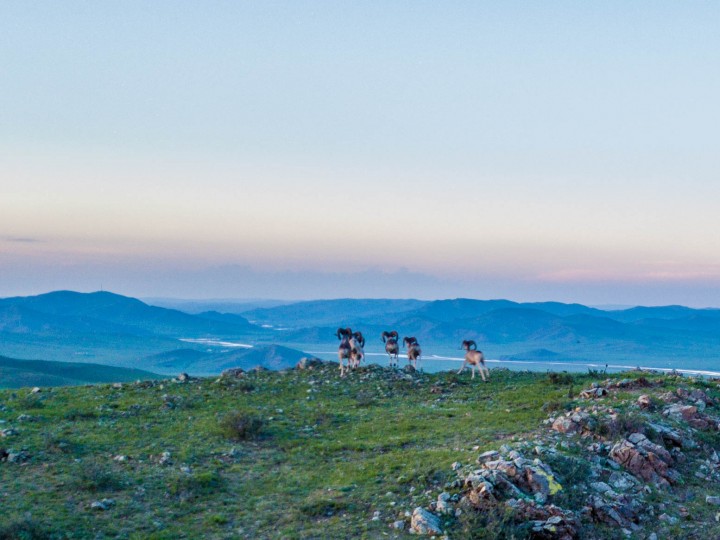
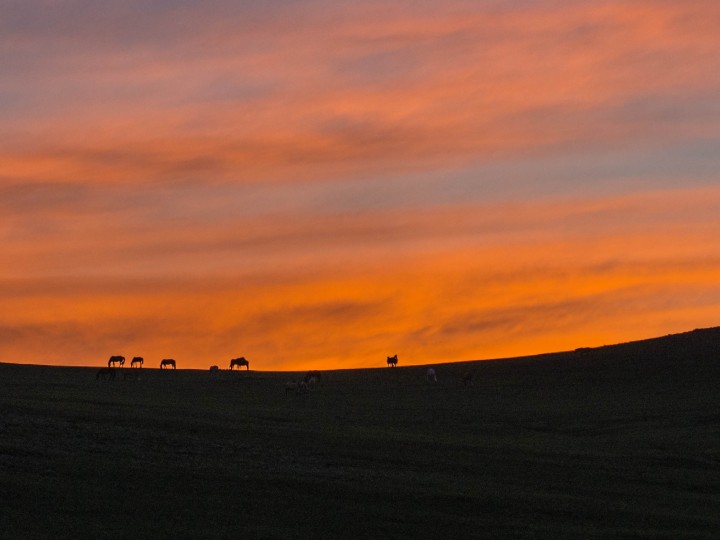
8 thoughts on “Oceans of Green, Fields of Lavender”
Very nice. Emma must have enjoyed mongolia. Looks totally different from what imagined
The pictures look great! The drone shots look especially awesome! I’m glad Emma is having a good time.
Excellent views, very well capture. Good representation of their culture and customs.
Looks beautiful!! Keep the pics coming!!
Mike and Martha + Emma: The pictures keep getting better and better. It looks like you guys are having a great time. I wish I could smell the lavender… Love you! Mom
Absolutely amazing. Love to live through your photos and narrative.
Loved these photos! I wish I could have joined you guys!!
Also, I had a lot of fun imagining that ALL the photos were taken by the drone, just cruising around at eye level. Seems like a classic Seneca move 🙂
Good point !!!!!!!